Markets around the world, part 1
From the Andes to the Balkans a closer look at daily life, traditions and flavors.
This email is probably too long to read directly from your inbox. If you click on "View entire message" or “Read in App”, you'll be able to view the entire post in your email app.
If this is not your first time reading this newsletter, you might know that I love markets. Every time I visit a place, I check if there is one I can explore. I think you can understand a lot about a culture, local life, and people's relationships by simply walking through a market, observing the bargaining styles, the way vendors interact with customers, the organization of the stalls, and the selection of goods on display.
After being in 42 countries, I have captured countless images of markets, each with its unique atmosphere, colors, and scents. From the spice-filled souks of Marrakesh, where the air is thick with the aroma of saffron and cumin, to the bustling markets of Catania, where vendors loudly call out their latest catch, every market has a story to tell. In Latin America, markets burst with brightly colored textiles, tropical fruits, and lively music. In Europe, the markets often have a more structured feel, whether it’s the historic Grand Bazaar in Istanbul or the orderly yet vibrant Christmas market in Budapest.
Markets are not just places of commerce; they are living, breathing spaces where cultures unfold, tradition meets modernity, and the spirit of a place is most alive. That’s why I decided to collect some of my favorite market photos in an article, creating a photographic journey through the world’s markets, capturing their diversity, energy, and soul.
Ecuador
Let’s start in South America, and precisely, from Ecuador. The Otavalo Market, located in the town of Otavalo, is one of the most famous indigenous markets of the continent. Held daily in the Plaza de los Ponchos, it peaks on Saturdays when hundreds of vendors gather to sell traditional handicrafts, textiles, and artisanal goods. You can find beautifully woven alpaca sweaters, ponchos, scarves, handmade jewelry, leather goods, and intricate embroidery. The market is deeply rooted in Otavalo’s Kichwa culture, with many vendors wearing traditional Andean attire. In addition to handicrafts, the market also has sections for fresh produce, local street food, and medicinal herbs. It's a must-visit if you are looking to experience Ecuador’s rich indigenous heritage.
During my stay in this country, I was based in Riobamba. Mercado San Alfonso is one of the main markets in the city, and it is where Fernanda and I did most of our shopping. Located near the city center, it is a popular spot for locals and visitors looking to experience authentic Andean flavors. Vendors, often dressed in traditional clothing, prepare and serve food with warmth and hospitality. Besides food, the market also offers fresh produce, household goods, and other local products, making it a lively and essential part of daily life in Riobamba.
The next pictures are from Macas, a small but vibrant city in the Ecuadorian Amazon. It is the capital of the Morona Santiago province and sits along the banks of the Upano River, offering stunning views of the Andes and the Amazon rainforest. The city is a center of Shuar and Achuar indigenous culture, with markets and events showcasing their traditions, crafts, and cuisine.
Peru
Before going to Ecuador, I visited Peru, and the first market I visited was the one in Ollantaytambo, located in the heart of the Sacred Valley of the Incas. It is a vibrant spot where local culture and history come together.
Here, vendors sell a mix of handwoven textiles, alpaca wool clothing, pottery, jewelry, and traditional Andean handicrafts. Brightly colored blankets, ponchos, and bags showcase intricate Quechua designs, while stalls overflow with fresh fruits, vegetables, and Andean superfoods like quinoa and maca. Local women, often dressed in traditional Andean attire, sell homemade cheeses, herbs, and freshly baked bread.
While visiting Cusco, I went to Mercado San Pedro, the city’s most famous and traditional market. This bustling market, located just a few blocks from Plaza de Armas, was designed by Gustave Eiffel in the early 20th century and offers a lively glimpse into Andean culture, flavors, and daily life.
Inside, you’ll find colorful stalls overflowing with fresh produce, Andean grains like quinoa and kiwicha, exotic fruits from the Amazon, local cheeses, and herbs used in traditional medicine. The market is also a paradise for food lovers, with vendors selling freshly squeezed juices, empanadas, tamales, and hearty bowls of caldo de gallina (chicken soup).
Beyond food, San Pedro is a great place to browse handwoven textiles, alpaca wool sweaters, artisanal chocolates, and handmade souvenirs.
Istanbul, Turkey
Let’s jump to Europe and start with one of the most beautiful cities I’ve ever visited. The Grand Bazaar is one of the oldest and largest covered markets in the world, dating back to the 15th century. With over 4,000 shops, it’s a labyrinth of vibrant alleys filled with handwoven carpets, ceramics, jewelry, leather goods, and antiques. The bazaar is a cultural and historical hub where visitors can experience the rich heritage of Ottoman trade and craftsmanship.
Not far from the Grand Bazaar, the Spice Bazaar (or Egyptian Bazaar) is a sensory delight, famous for its fragrant spices, dried fruits, nuts, Turkish delight, and herbal teas. Built in the 17th century, it remains a key spot for food lovers looking to explore the flavors of Turkish and Middle Eastern cuisine. Both markets offer a lively atmosphere, rich aromas, and an authentic glimpse into Istanbul’s bustling commerce and traditions.
Belgrade, Serbia
A few years ago, for my birthday, I decided to go for the first time to the Balkans. I went to the Bajloni Market (Bajlonijeva Pijaca), one of Belgrade’s oldest and most vibrant open-air markets, located near Skadarlija, the city’s bohemian quarter. I arrived late, and most of the sellers had already closed, but it offers a colorful mix of fresh fruits, vegetables, dairy products, meats, and local specialties sourced directly from Serbian farmers. The market is especially known for its seasonal produce, homemade cheeses, and traditional Balkan cured meats.
The morning after, I went to the Kalenić Green Market (Kalenić Pijaca), the largest and one of the most famous open-air markets in Belgrade, located in the Vračar district. Established in the 1920s, it remains a central spot for locals looking for fresh produce, dairy products, meats, flowers, and traditional Serbian delicacies. Farmers from across Serbia bring their goods daily, offering high-quality, seasonal fruits and vegetables, homemade cheeses, honey, and cured meats like kulen and pršut. The market also features stalls selling clothing, household items, and antiques.
Skopje, North Macedonia
I went to another Balkan country, North Macedonia, and visited the Old Bazaar in Skopje, one of the largest and most historic marketplaces in the region, dating back to the Ottoman era. Located on the eastern bank of the Vardar River, beneath the Kale Fortress, it has been a center of trade, culture, and craftsmanship for centuries. The bazaar is a maze of narrow cobblestone streets lined with traditional shops selling handmade jewelry, filigree, carpets, ceramics, and leather goods.
The area is rich in Ottoman architecture, with numerous mosques, inns (hans), and hammams that reflect its historical significance.
Beyond shopping, the Old Bazaar is also a place to experience Macedonian and Turkish cuisine. Traditional eateries serve burek, kebabs, baklava, and strong Turkish coffee, making it a great spot to enjoy both history and local flavors.
Madrid, Spain
In the summer of 2023, I visited Madrid and at the door of my hostel, I found El Rastro, Madrid’s most famous open-air market, held every Sunday and public holiday in the historic La Latina neighborhood. Dating back to the 15th century, it is a vibrant and chaotic mix of antique stalls, vintage clothing, handmade crafts, books, records, and quirky collectibles. The market stretches along Ribera de Curtidores and its surrounding streets, drawing both locals and tourists looking for unique finds and bargain deals.
Each section of El Rastro has its own character—some areas focus on second-hand goods and antiques, while others are filled with artisan jewelry, leather products, and home décor. Street performers, musicians, and the lively crowd add to the market’s electric atmosphere.
I'd love to hear your thoughts. Are you a fan of markets? What are some of the most fascinating ones you've visited? I hope you found this article interesting! Part two is coming next week, so please consider subscribing, updating to a paid subscription, or buying me a coffee. Also, please share it with people you think might like this content.
See you soon,
Flavio




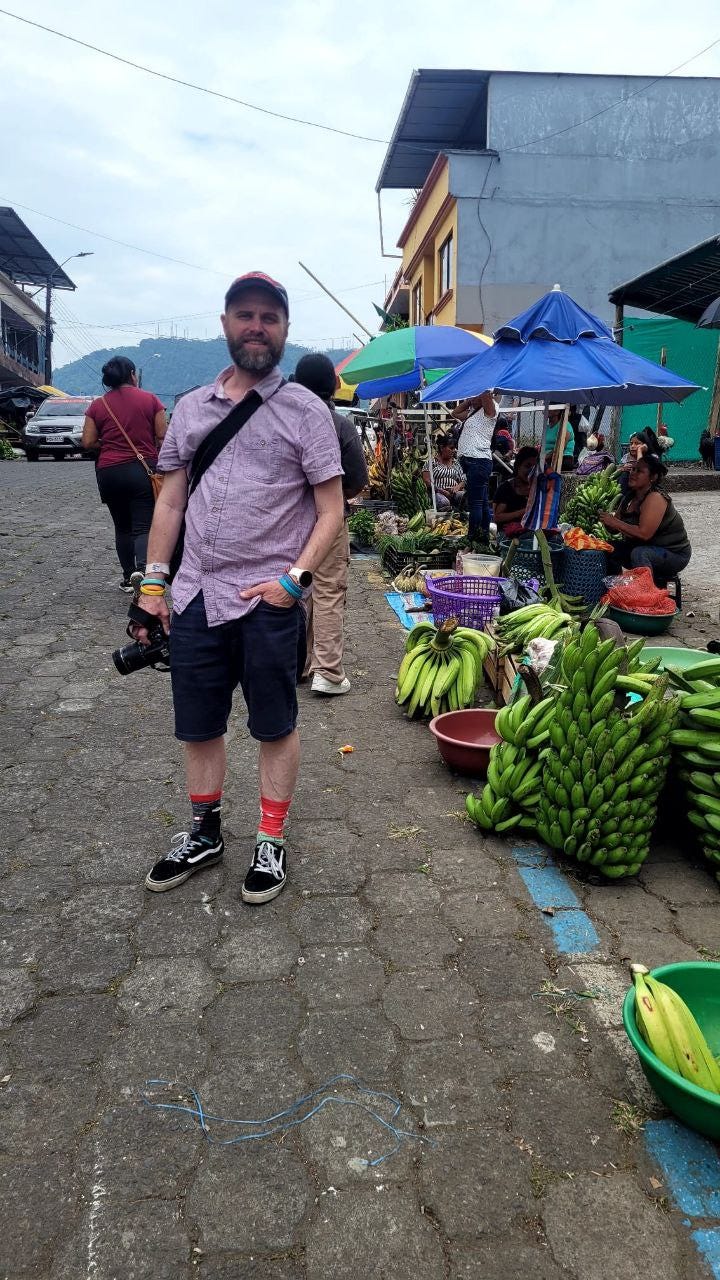
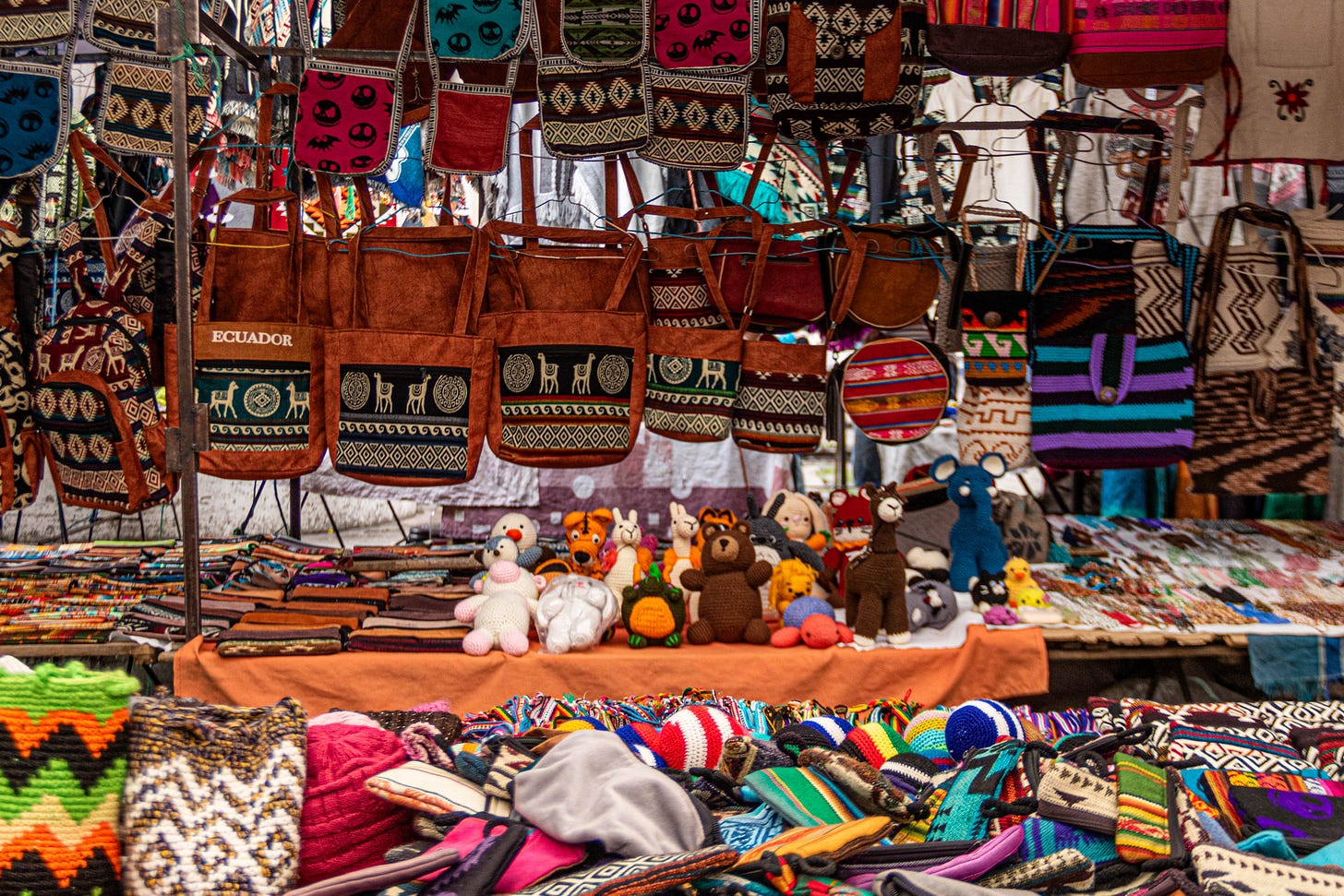
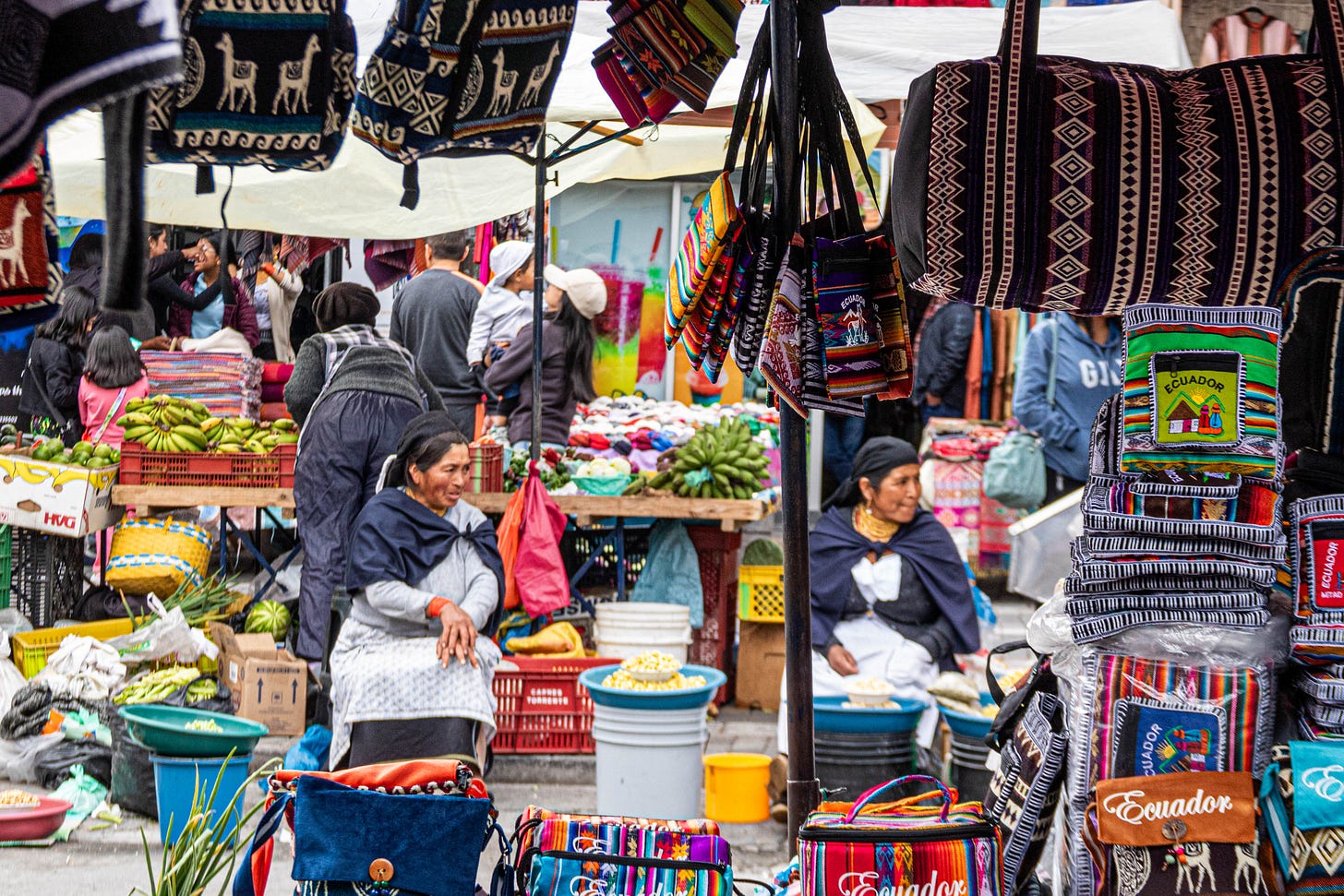
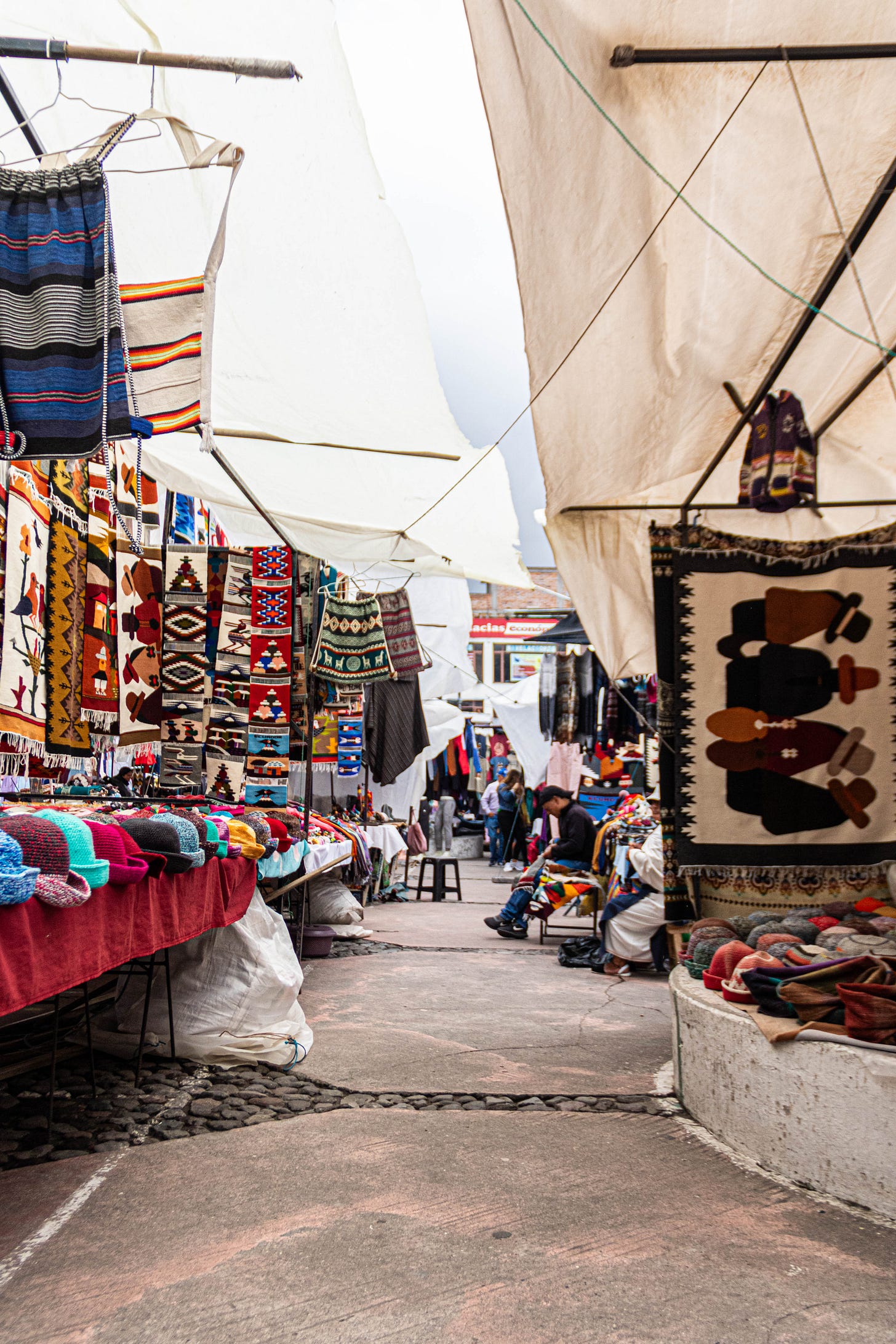


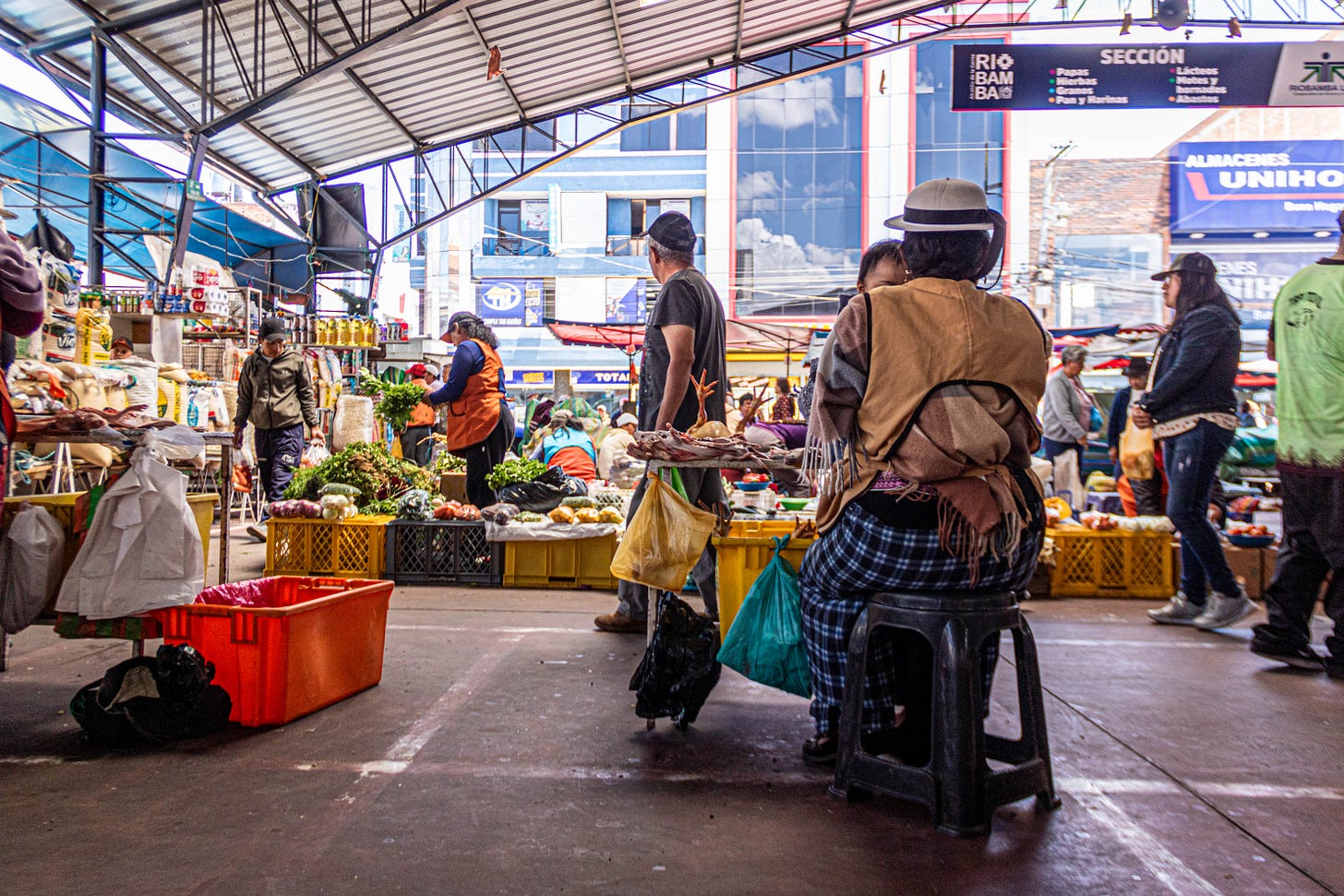
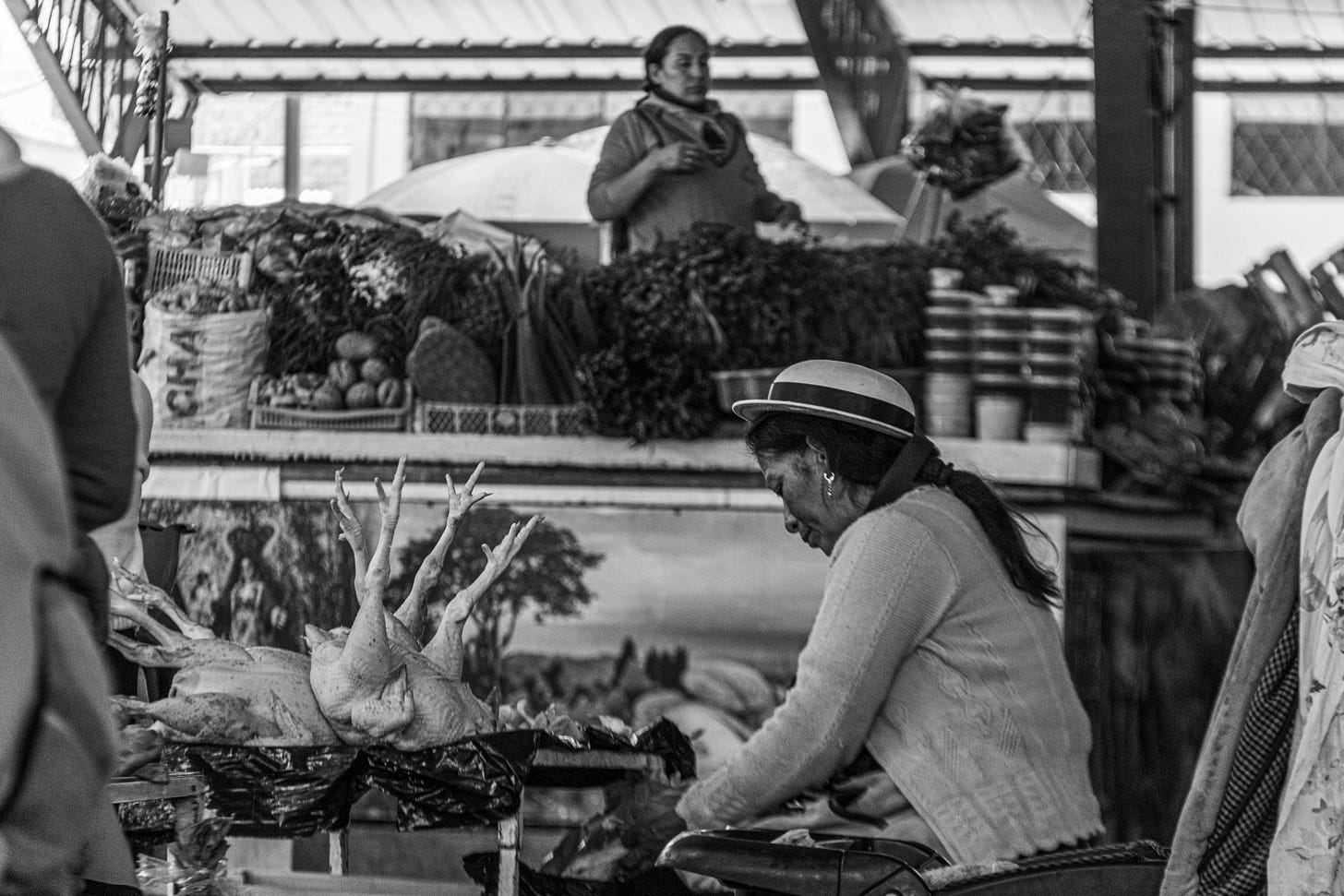


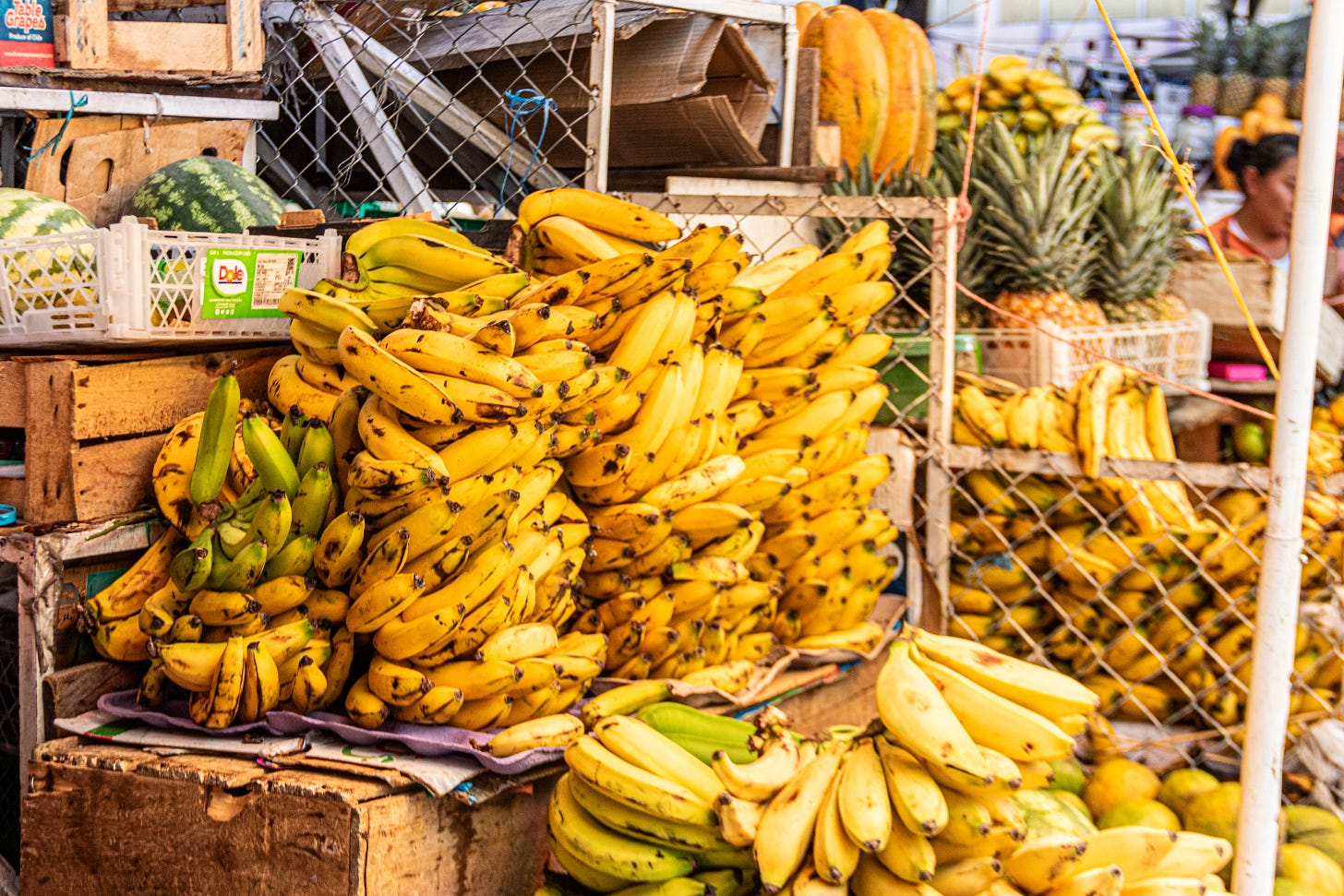
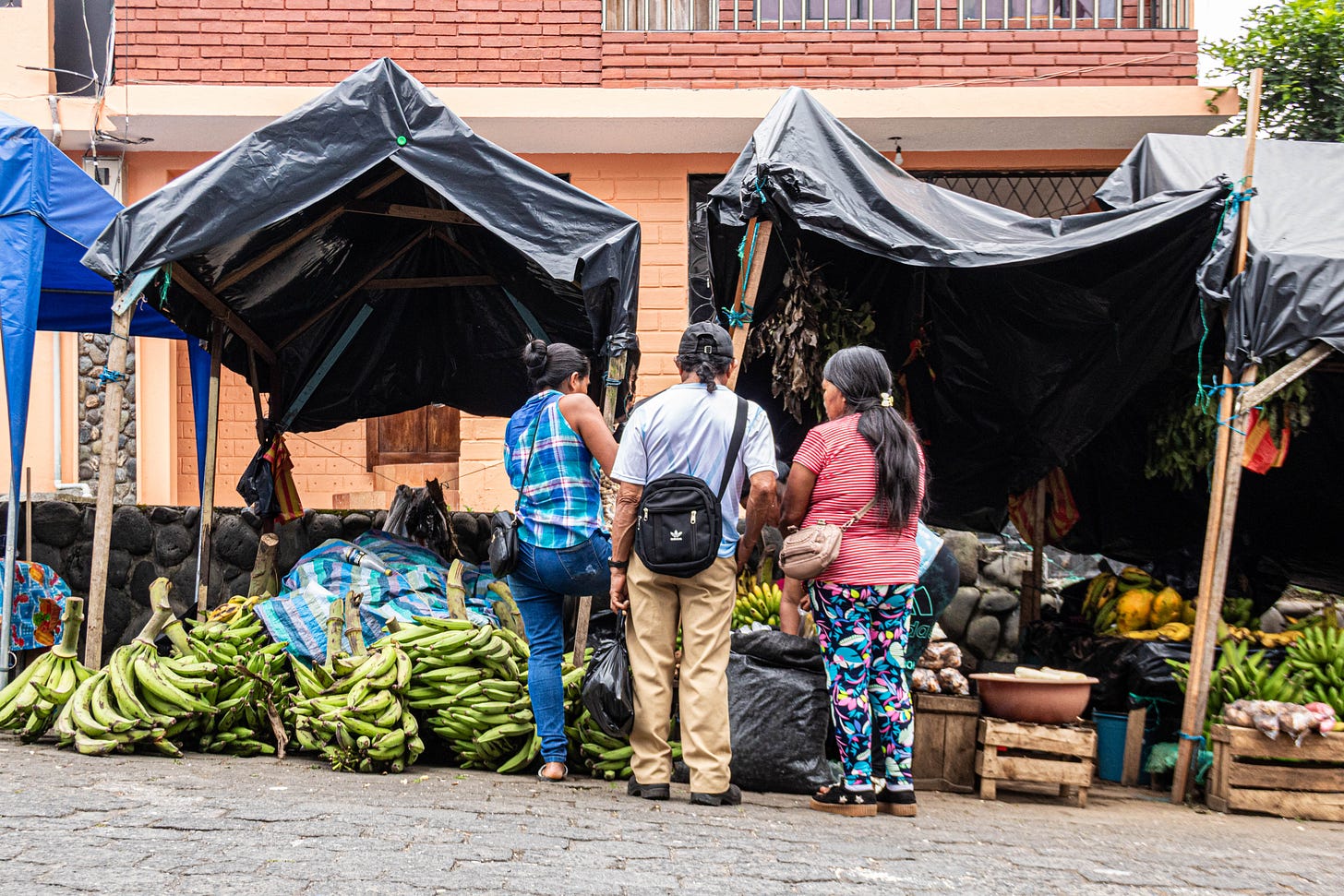
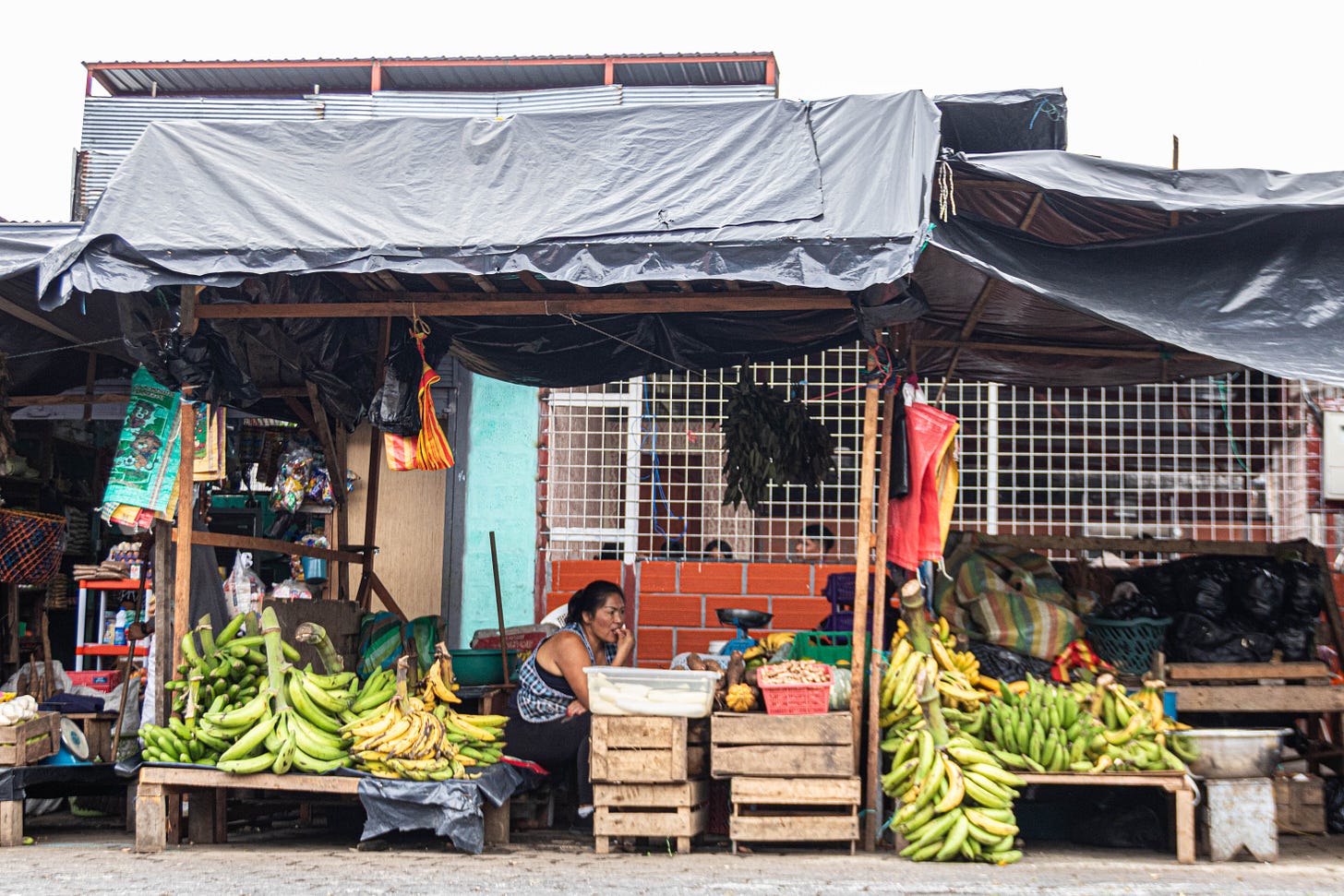
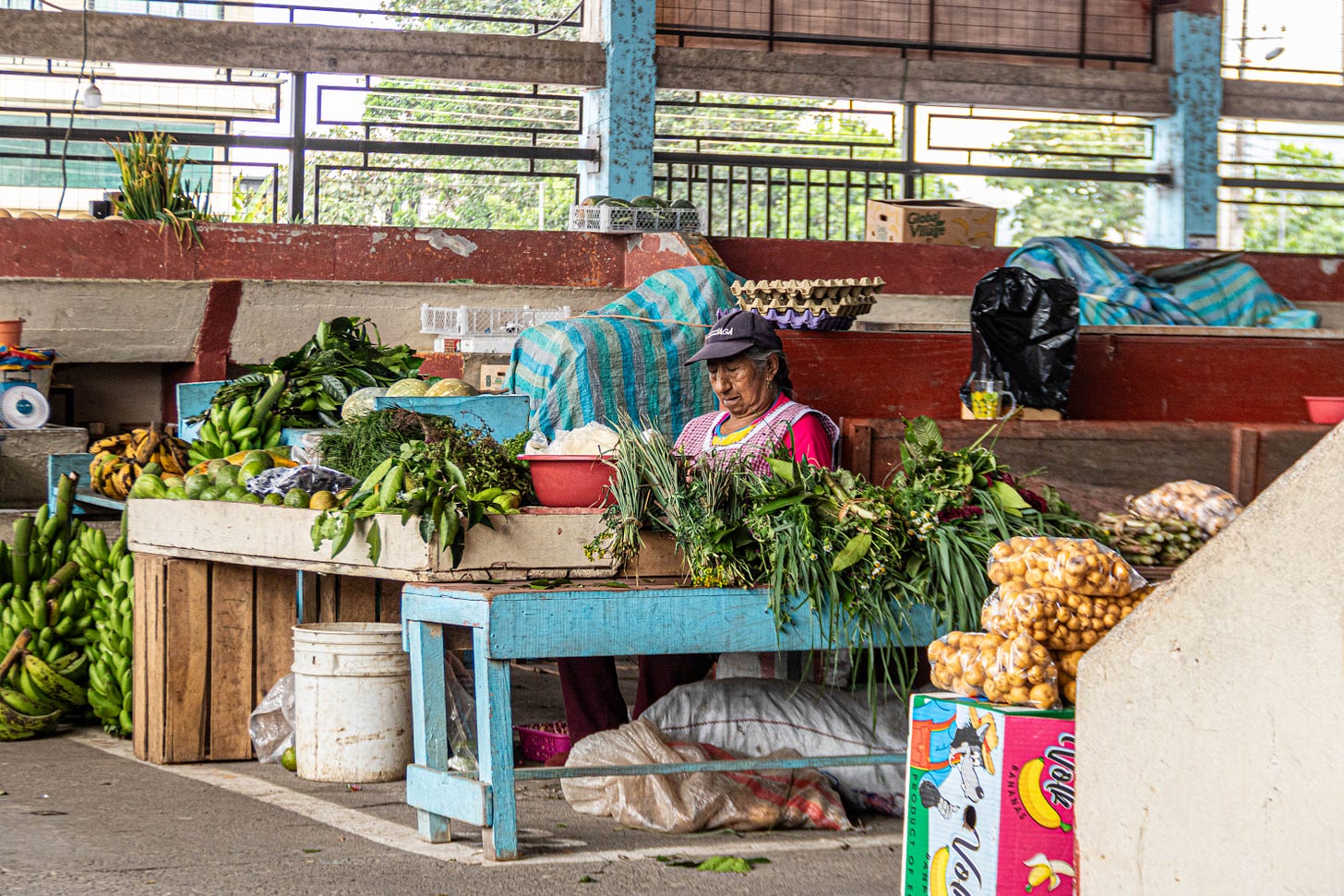


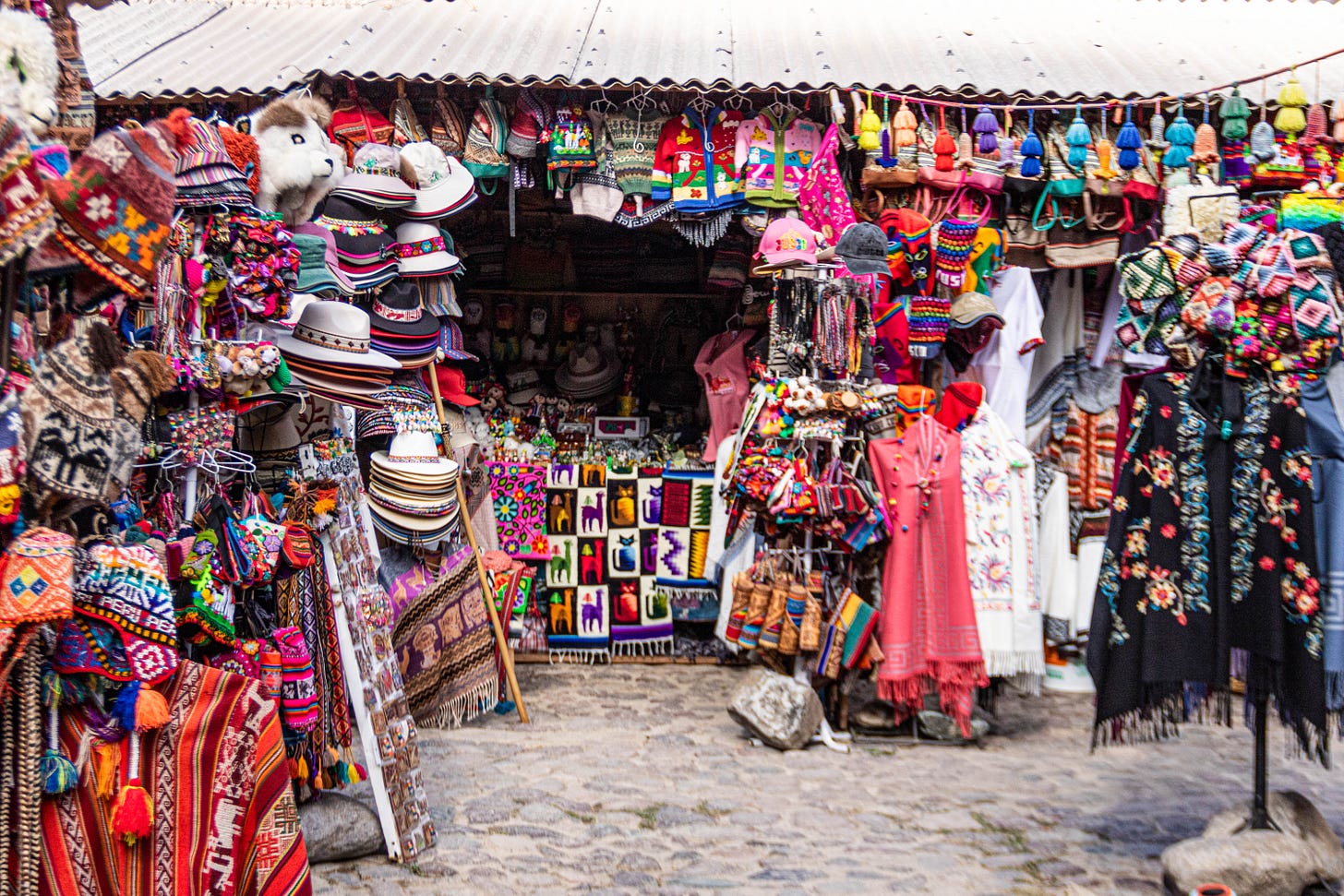
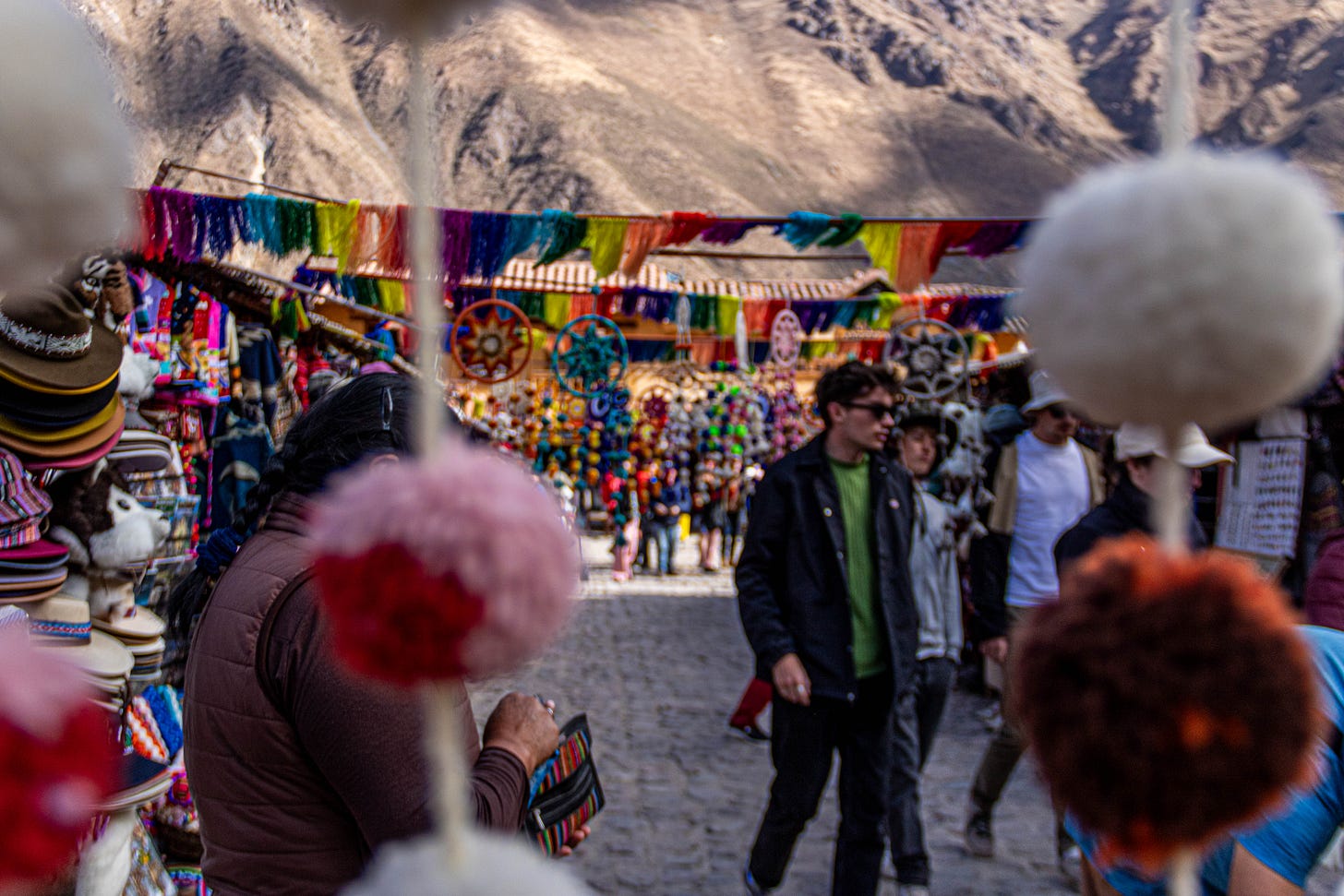
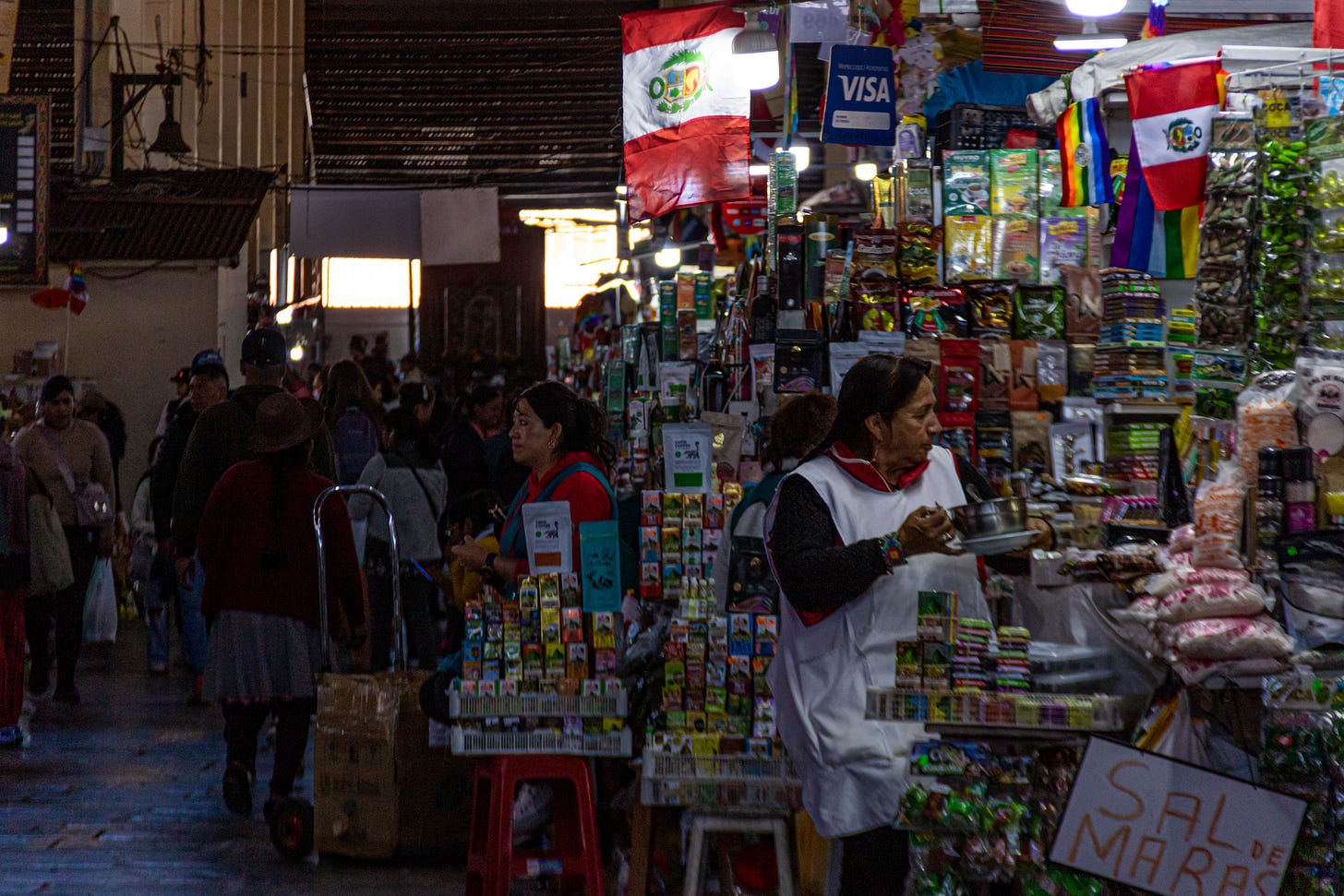
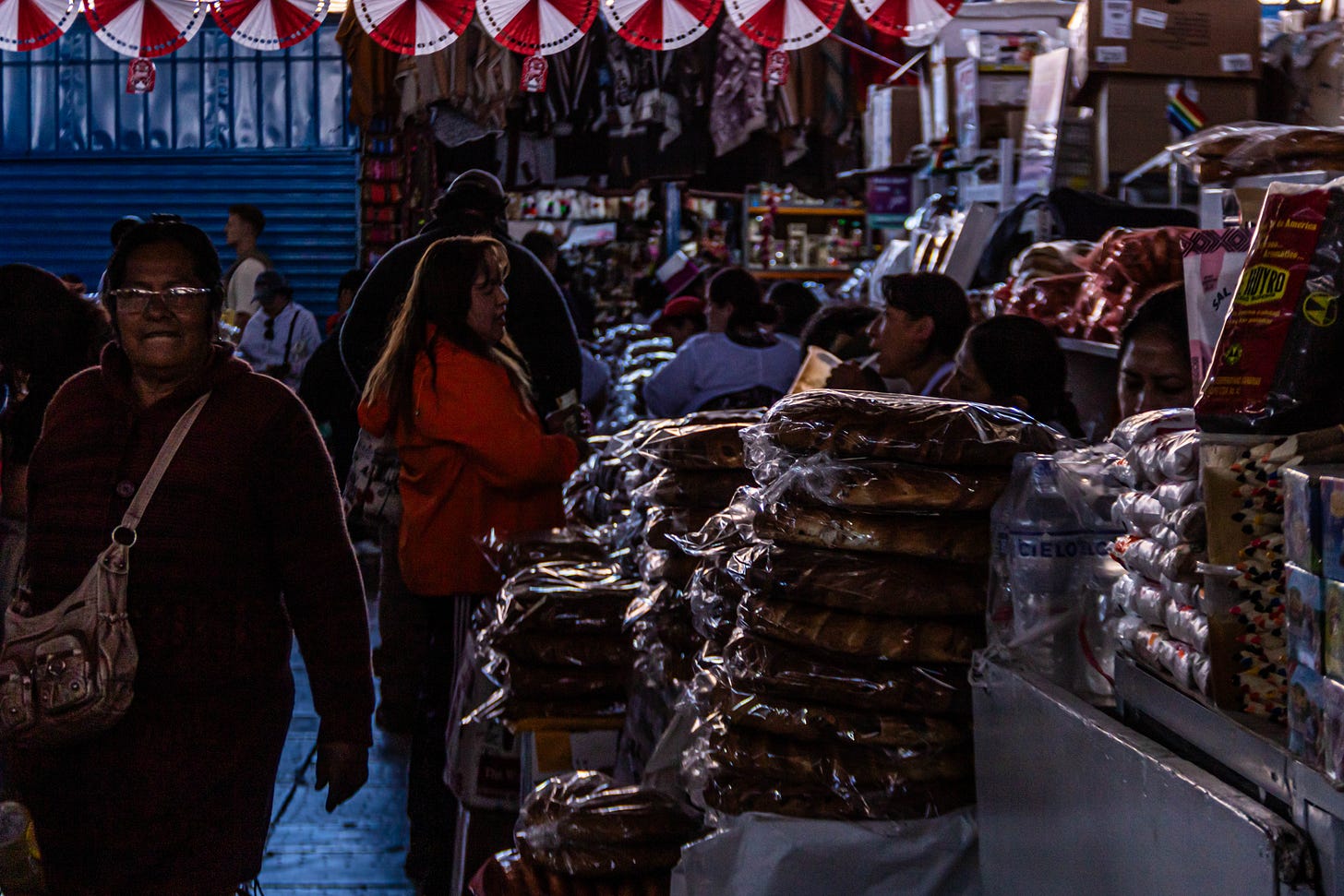
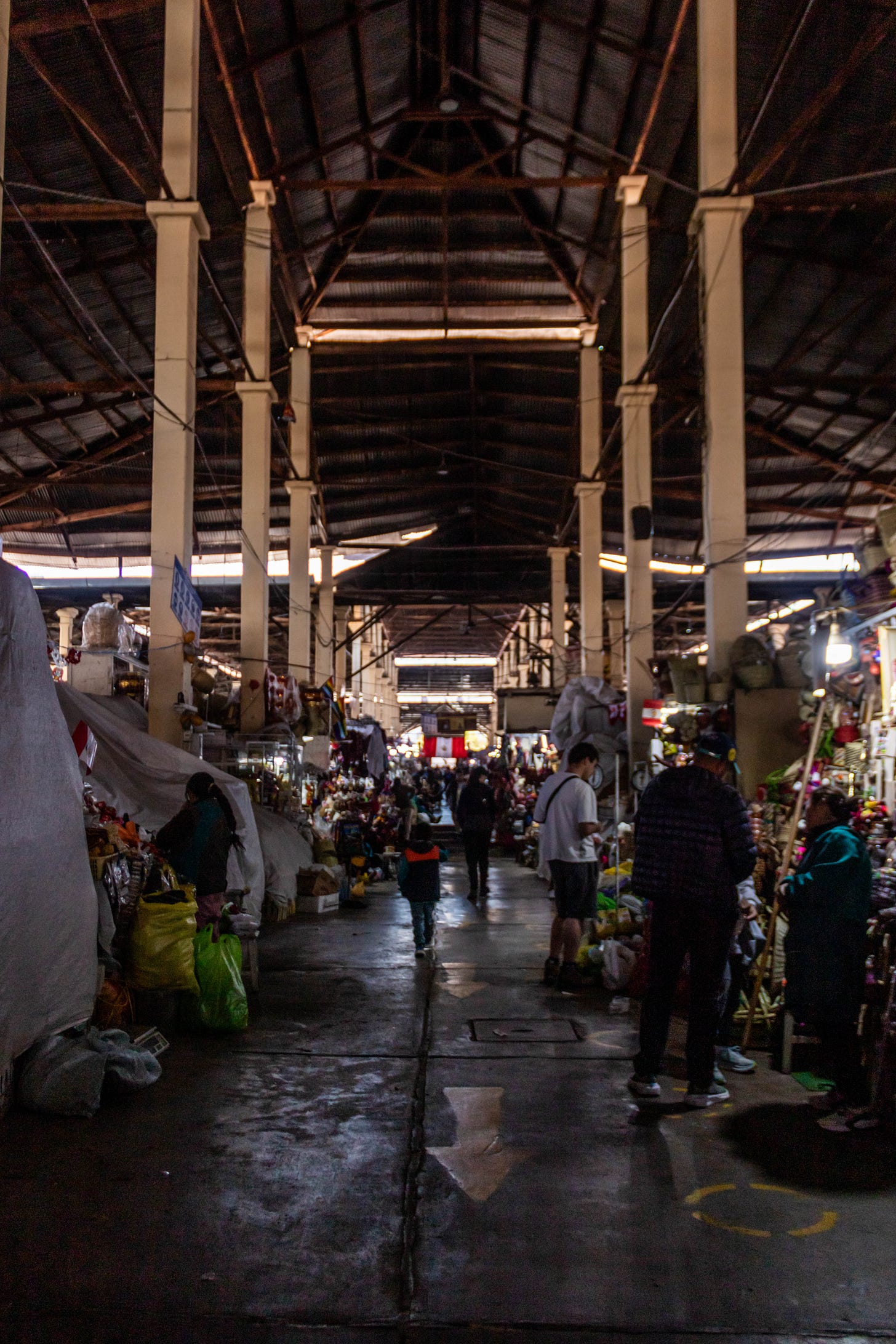

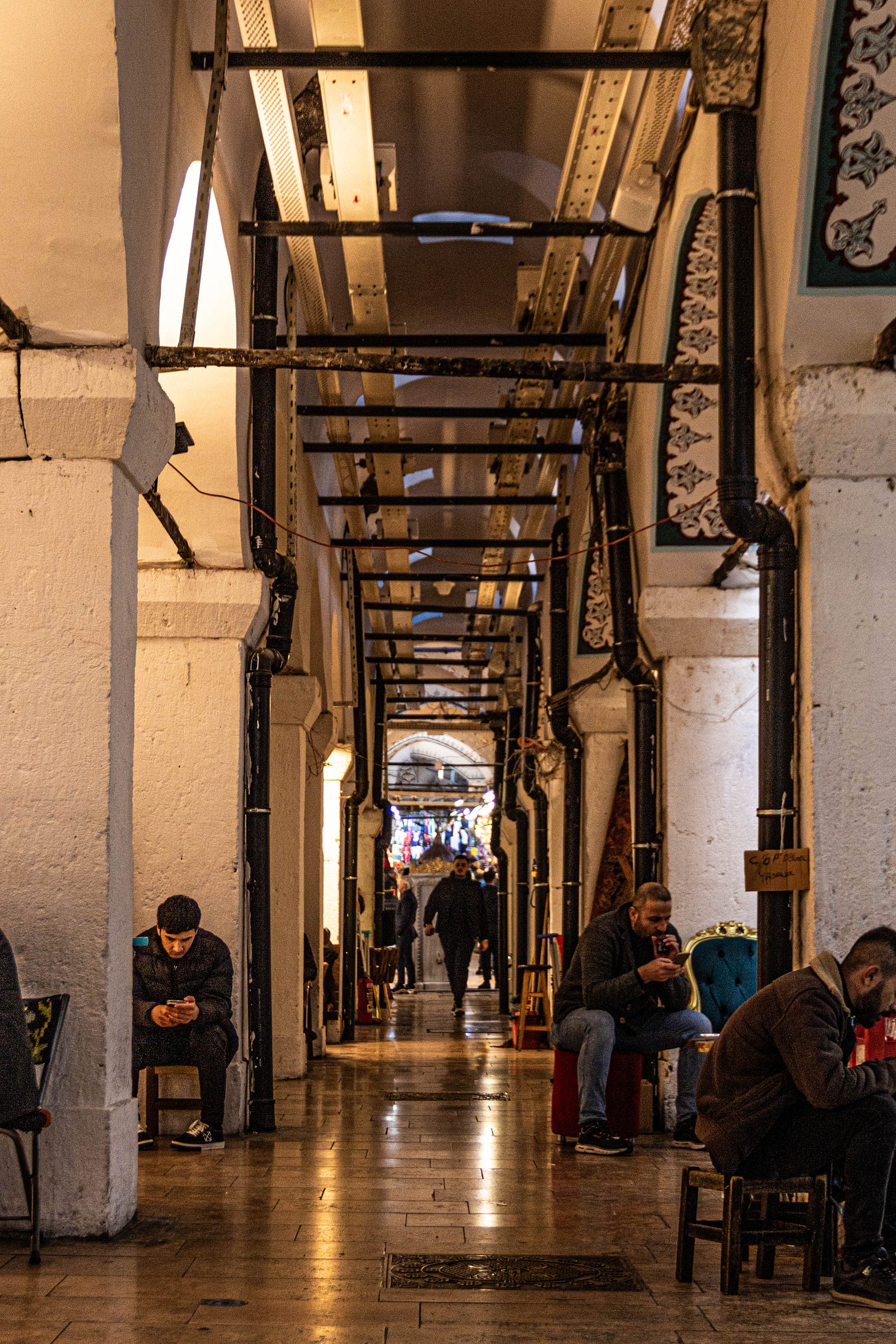
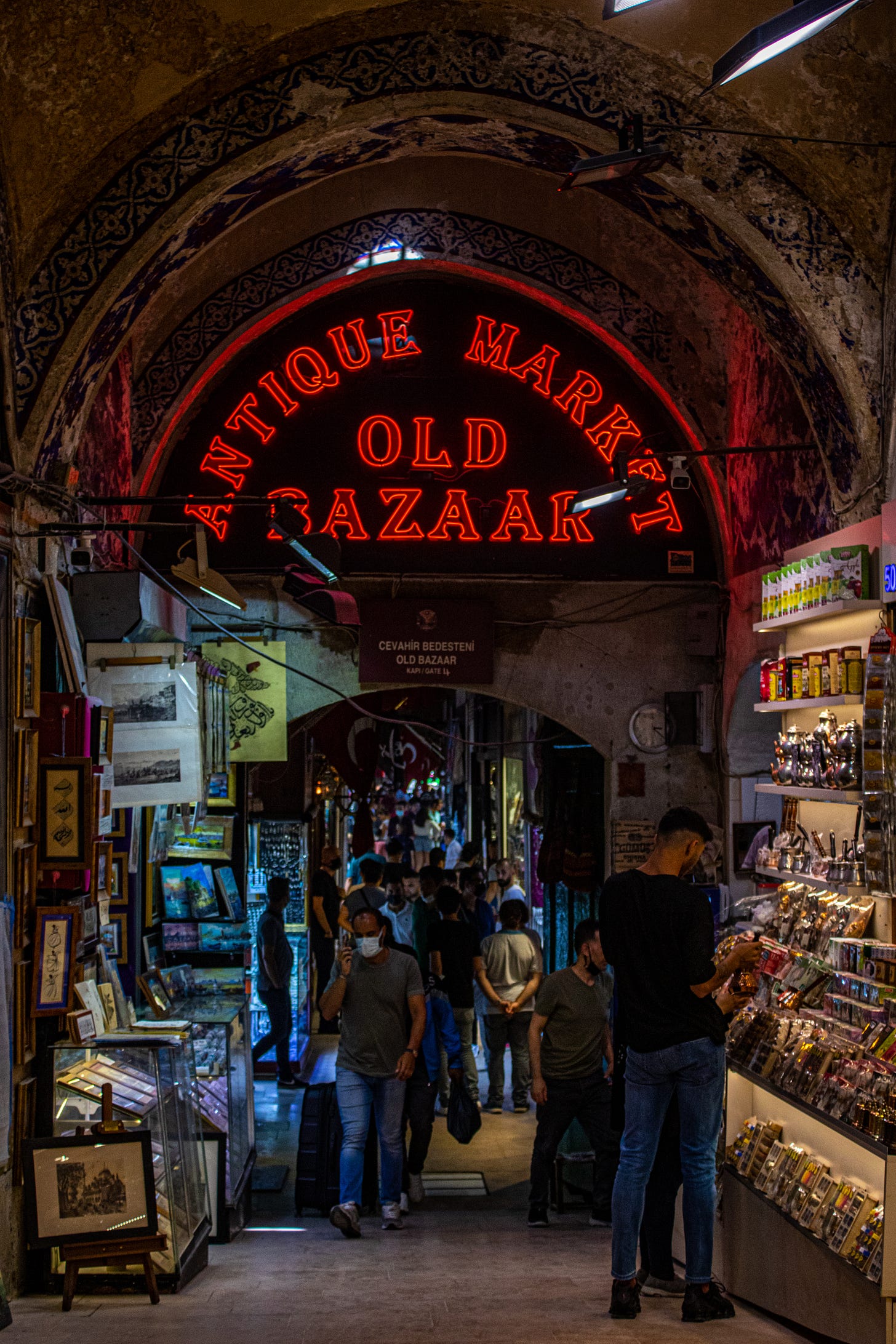
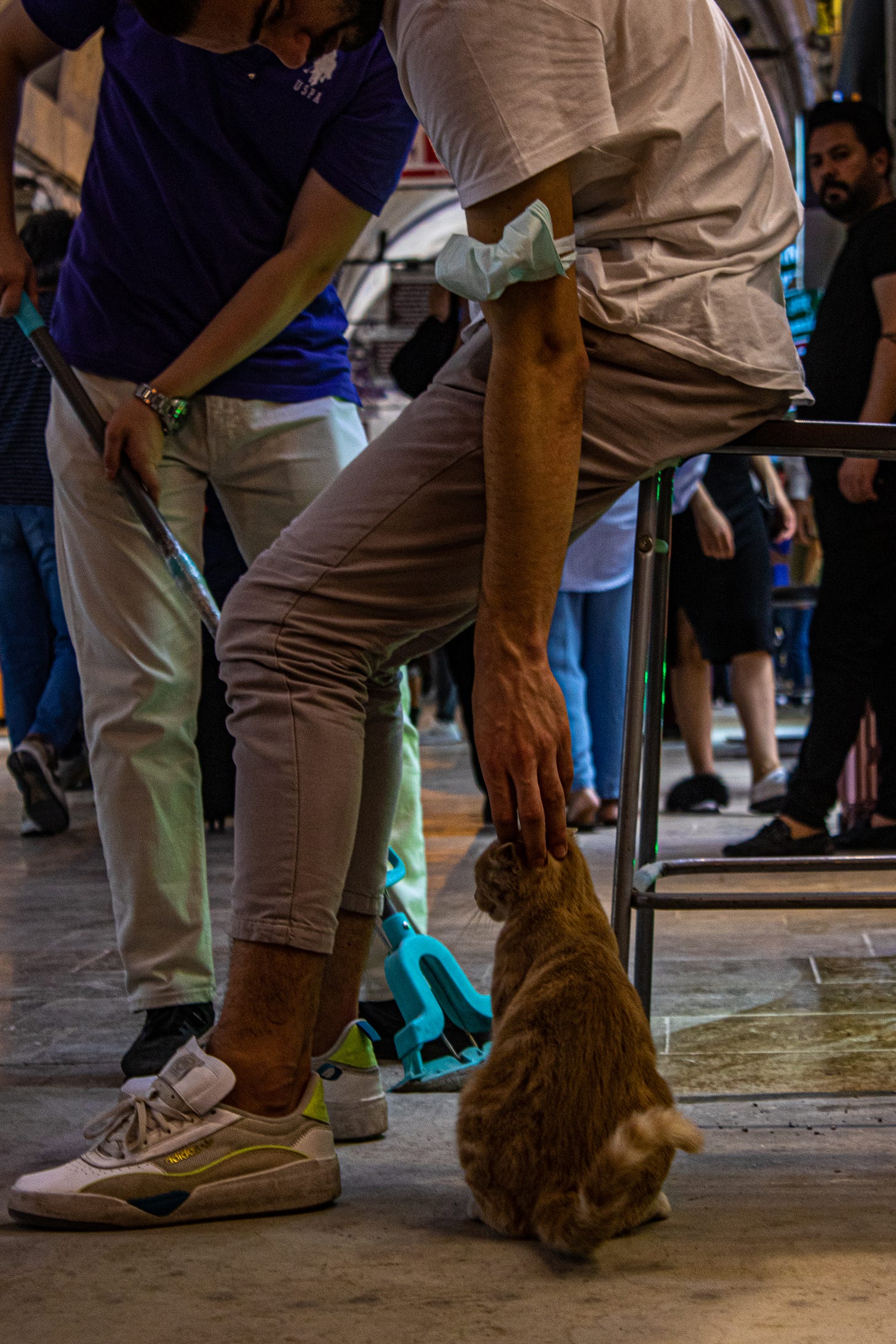


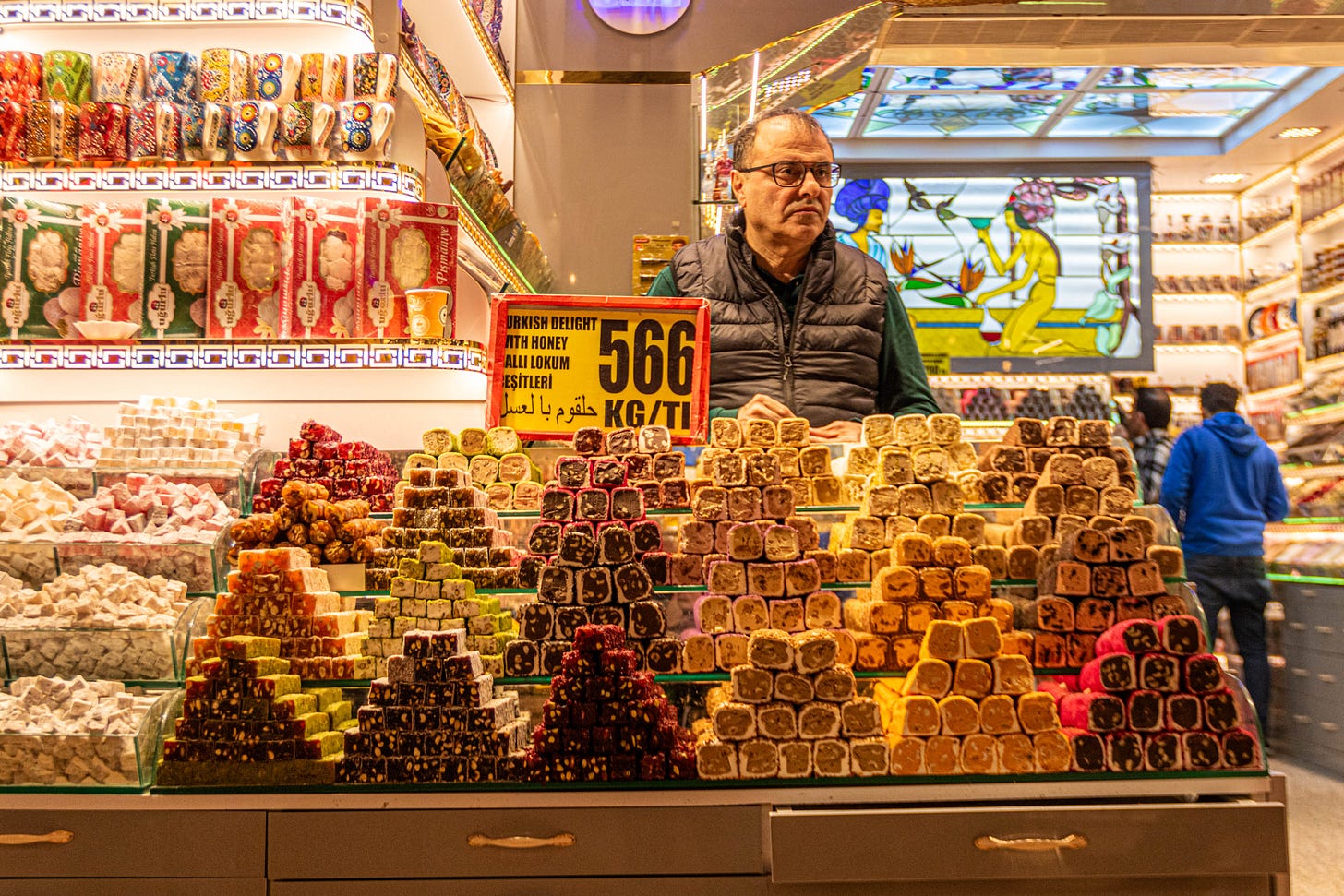
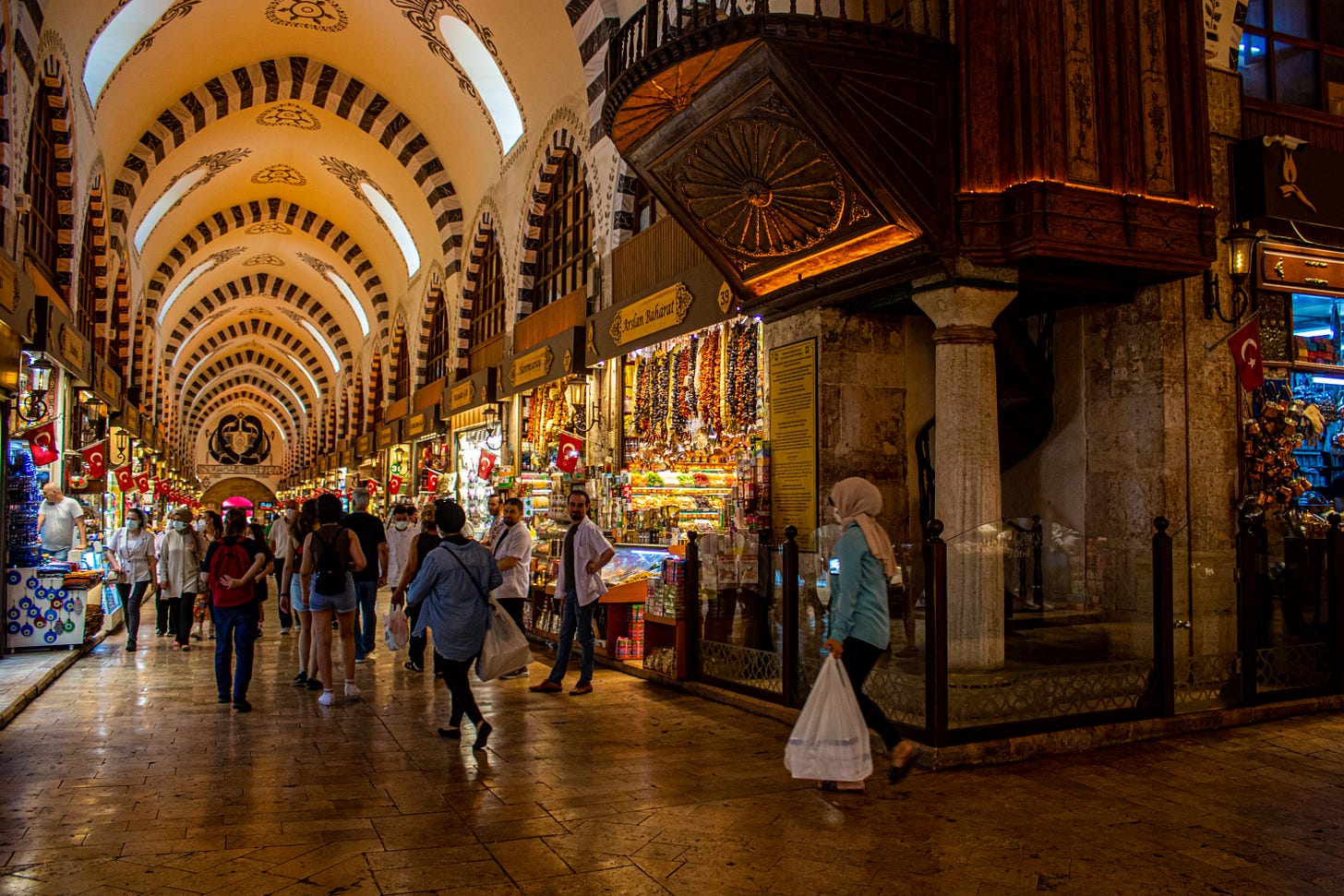


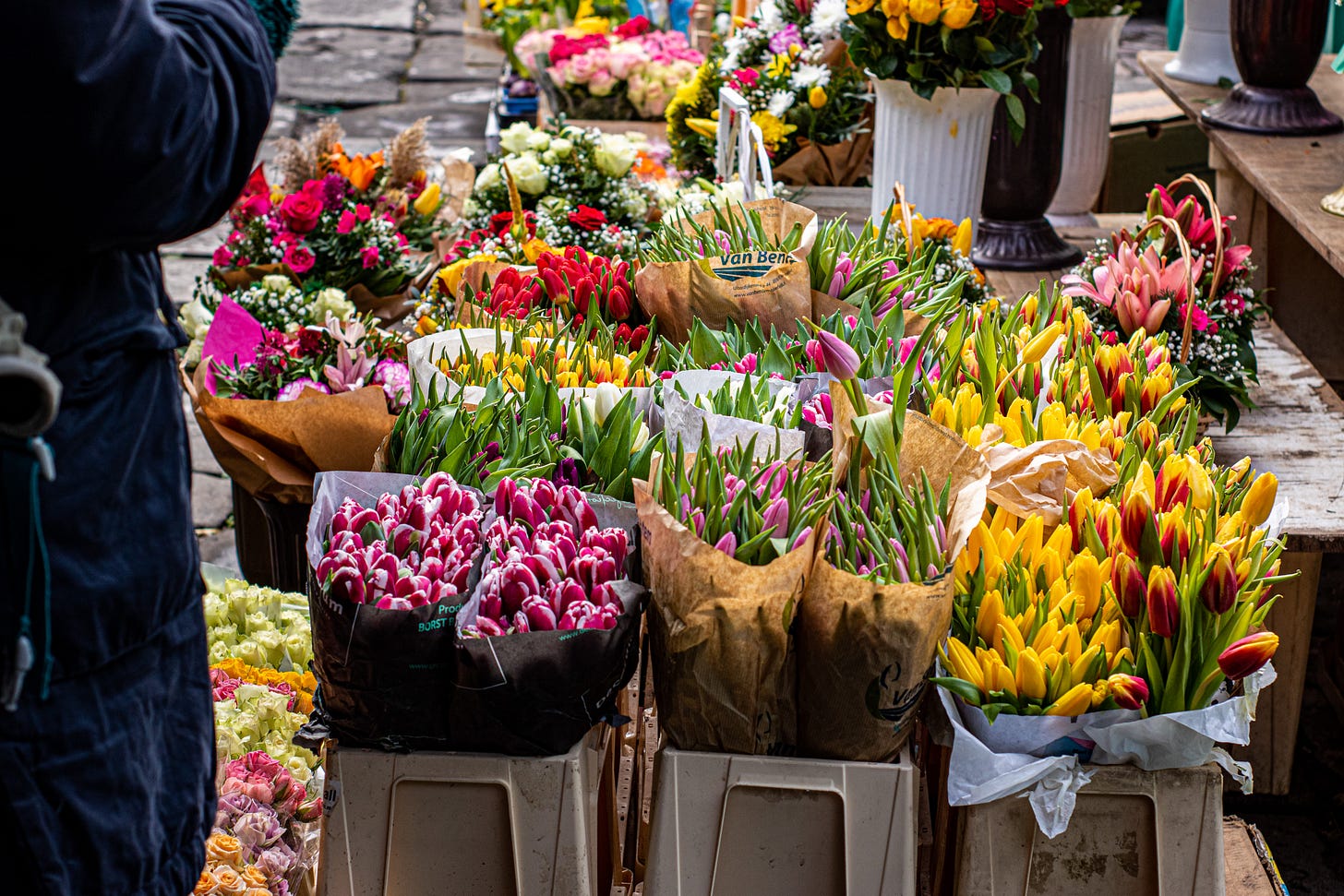

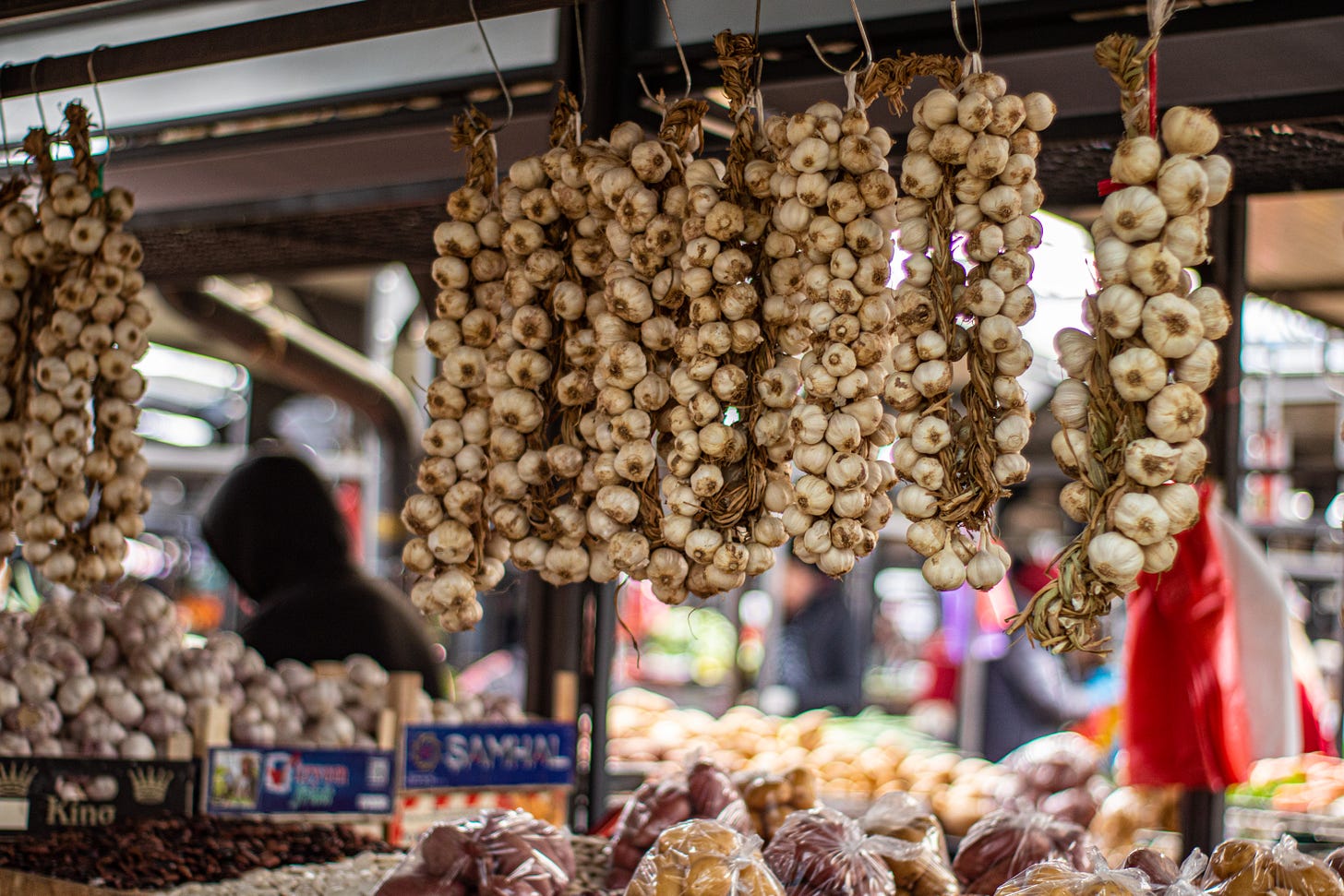
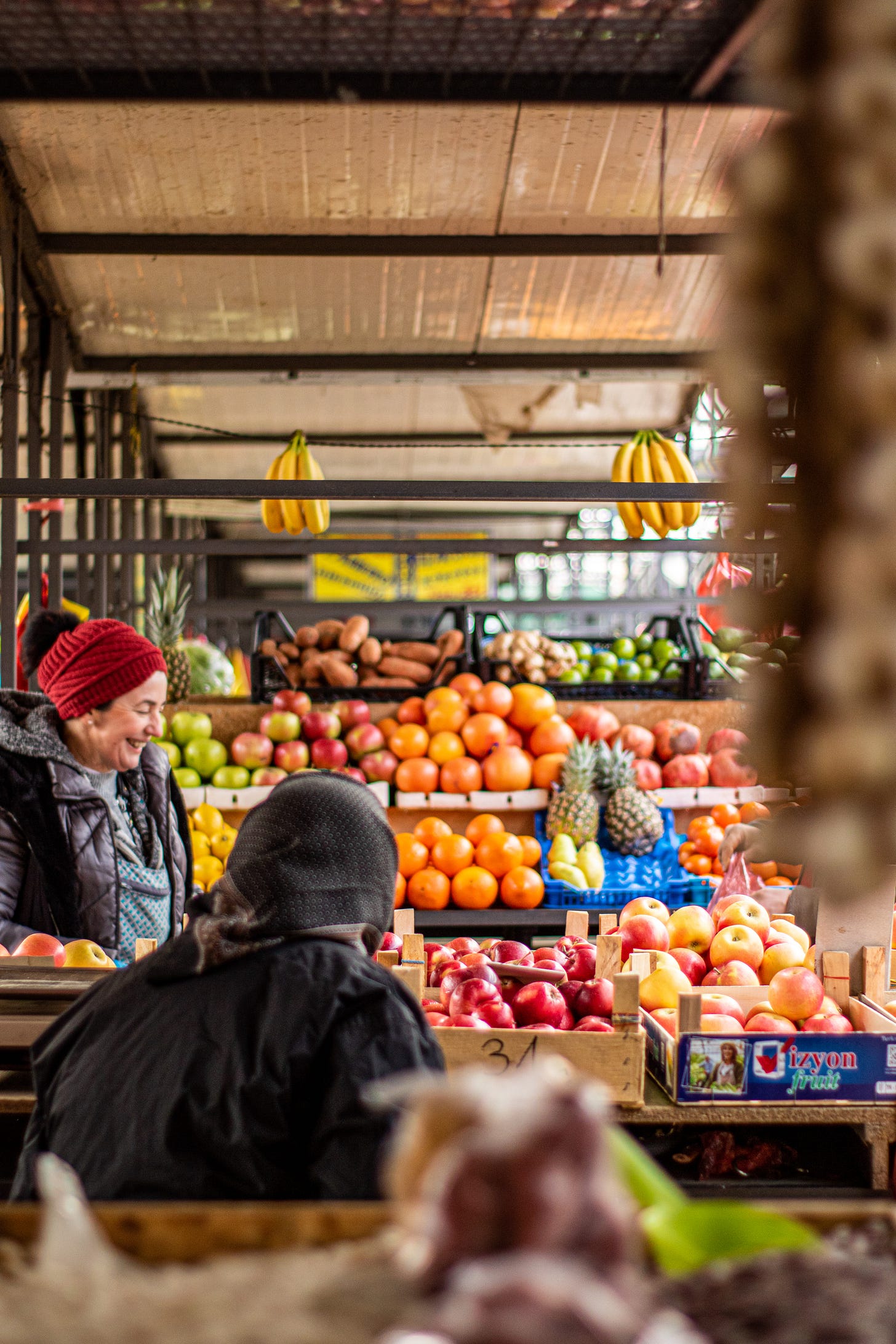
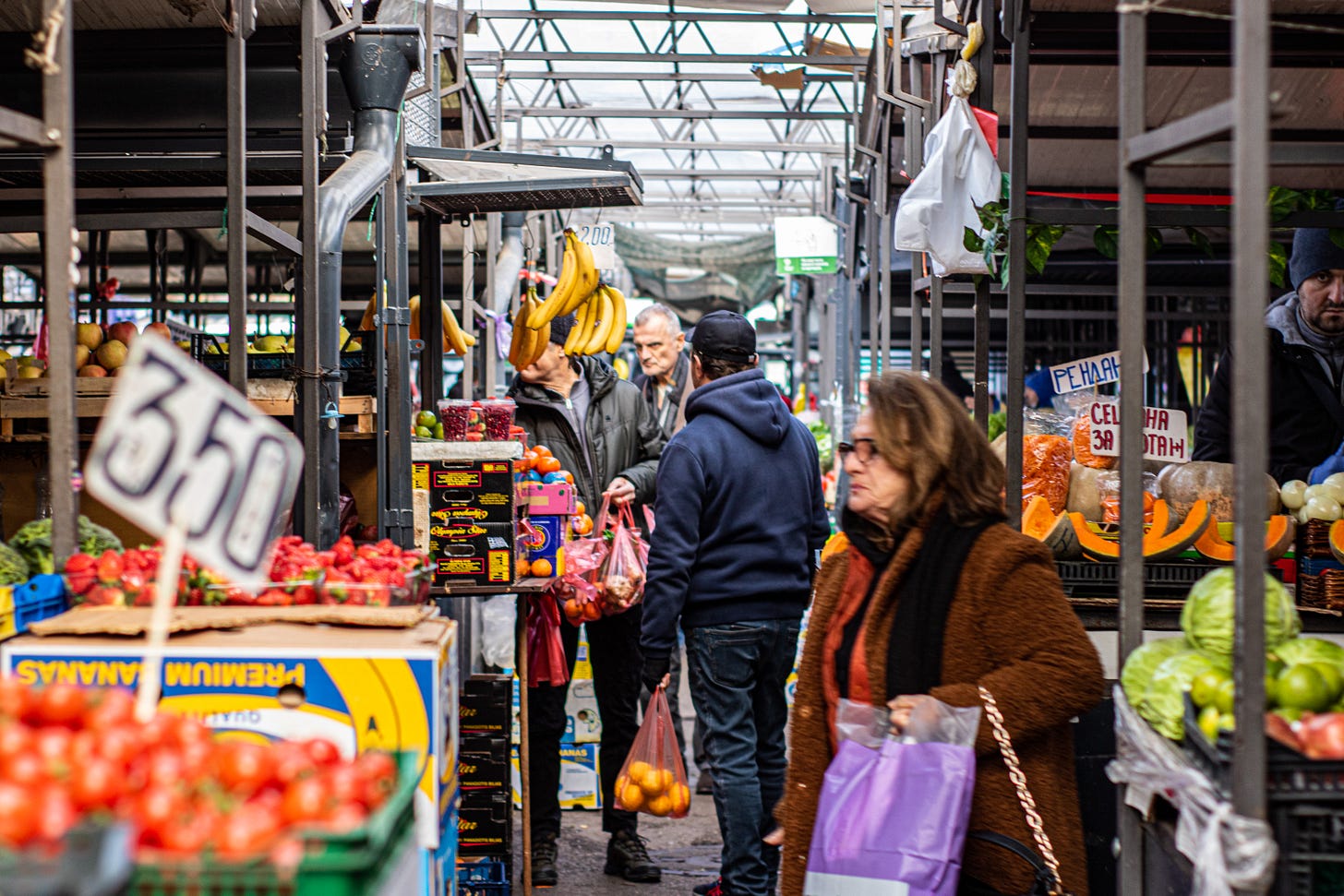
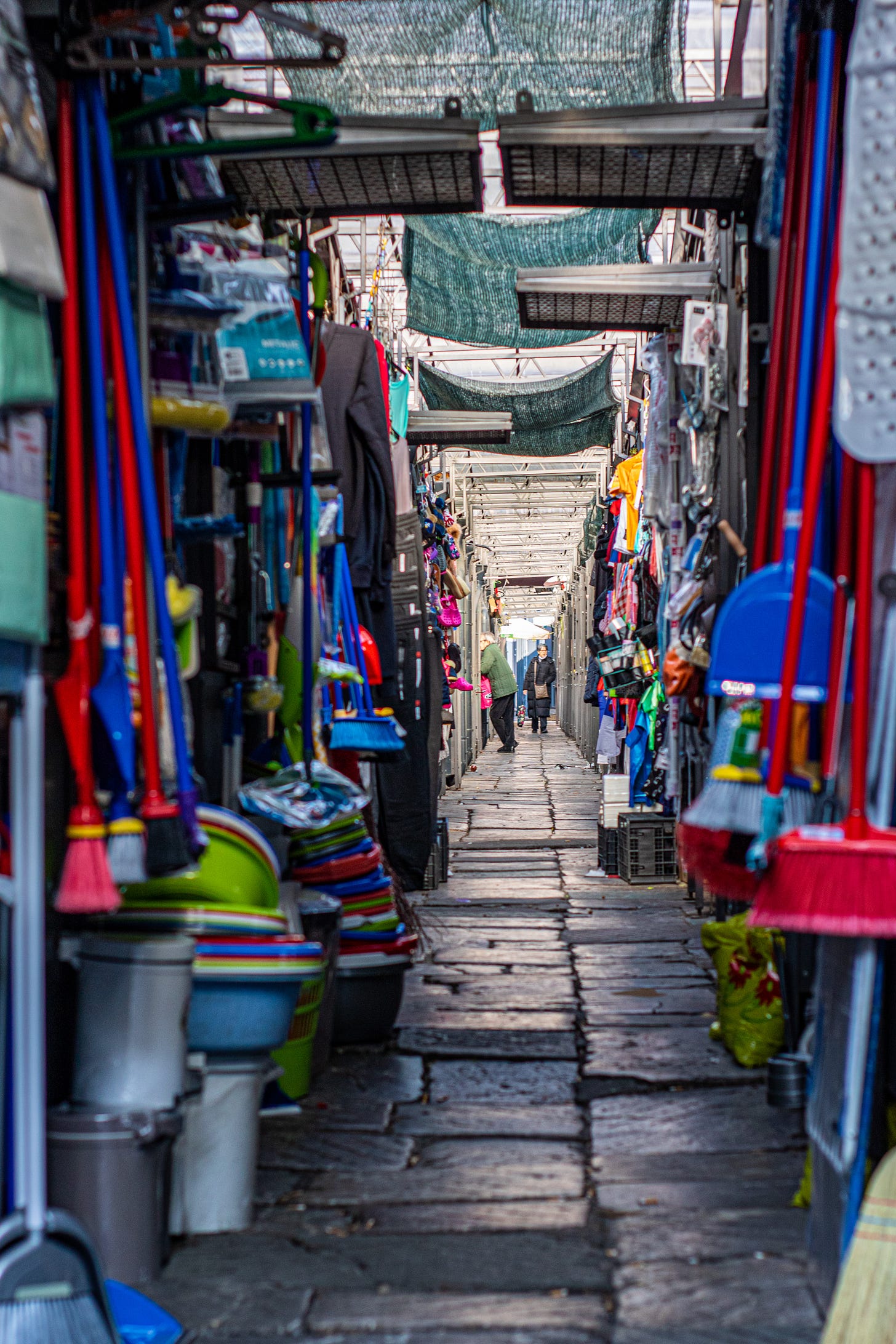
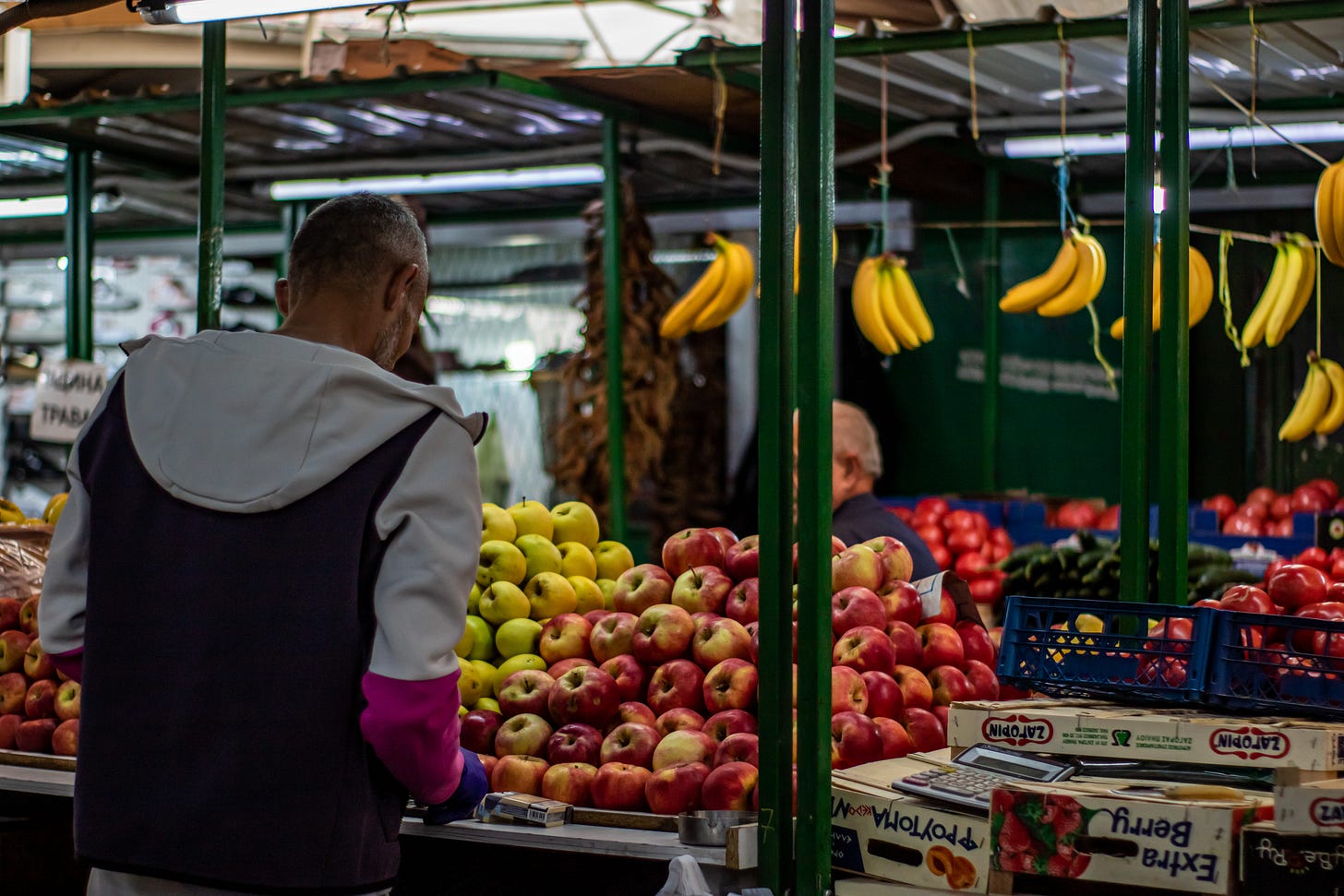
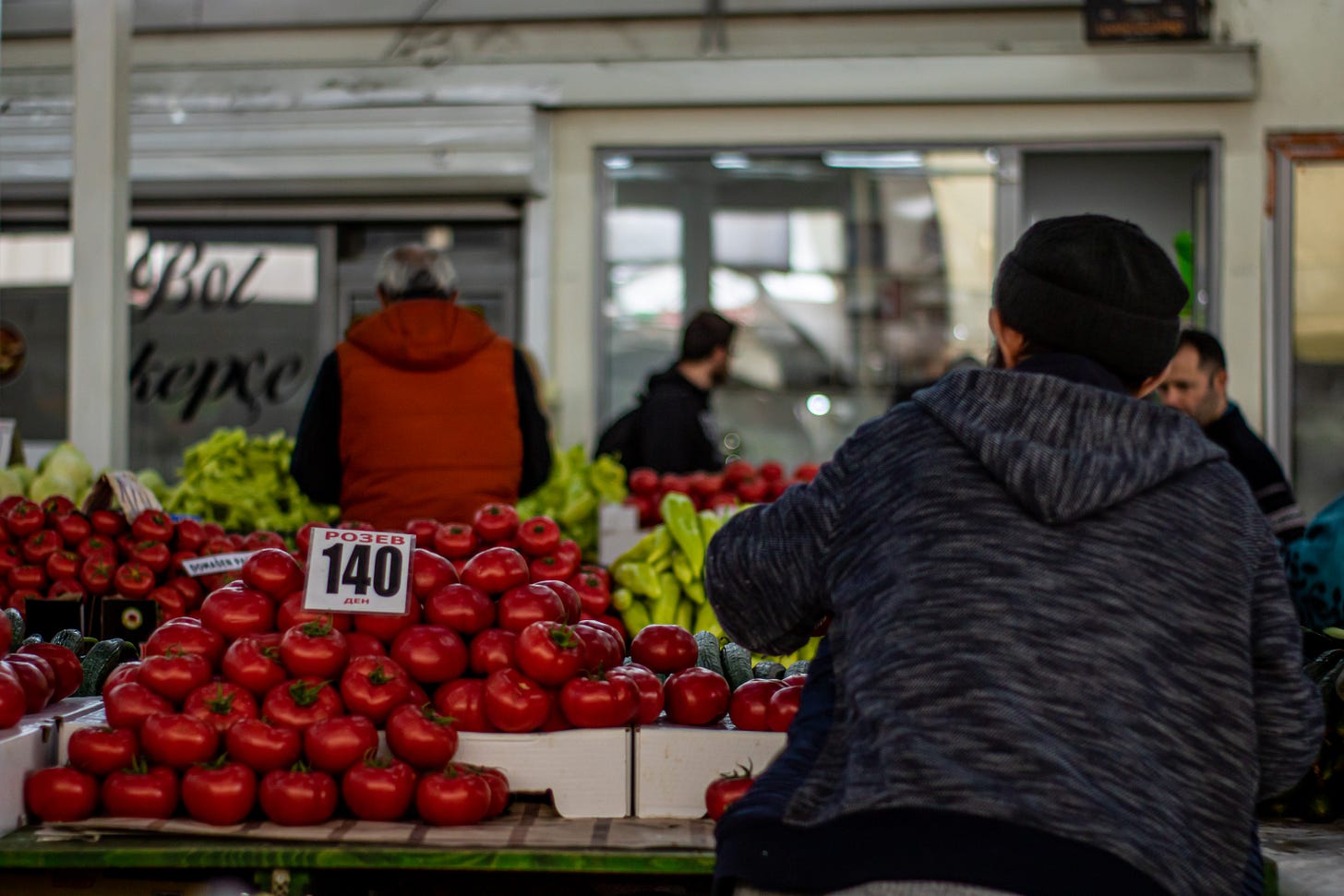
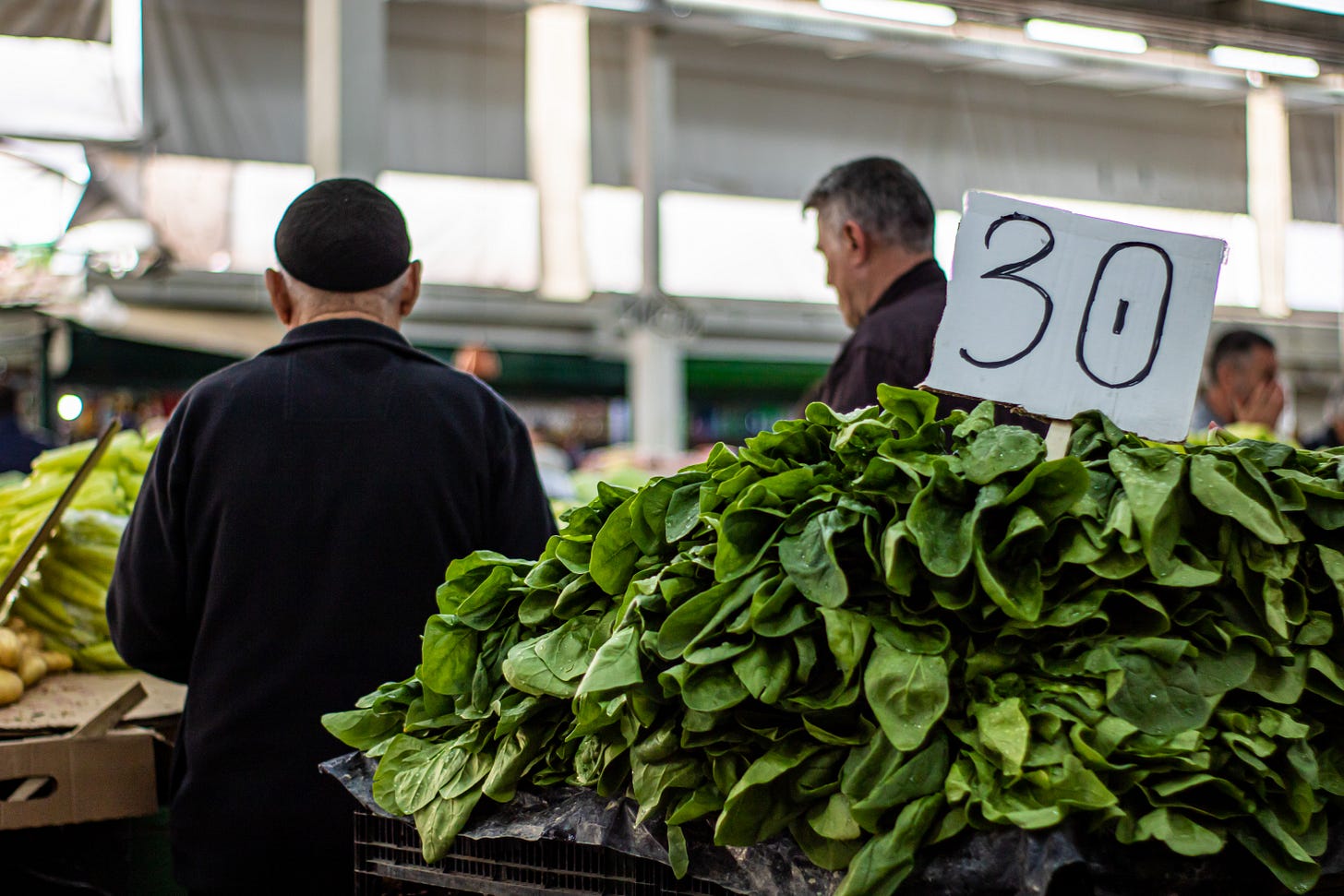
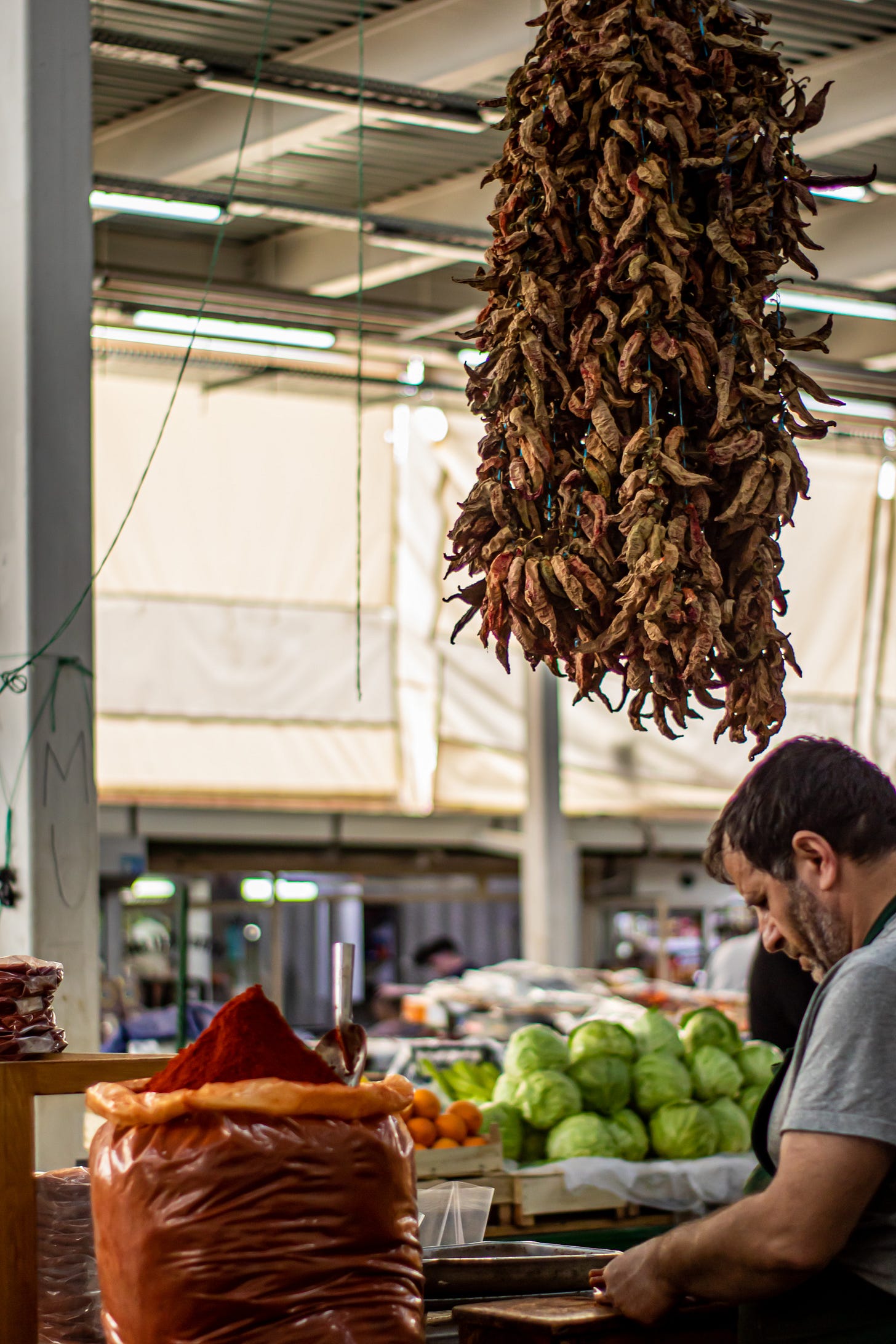




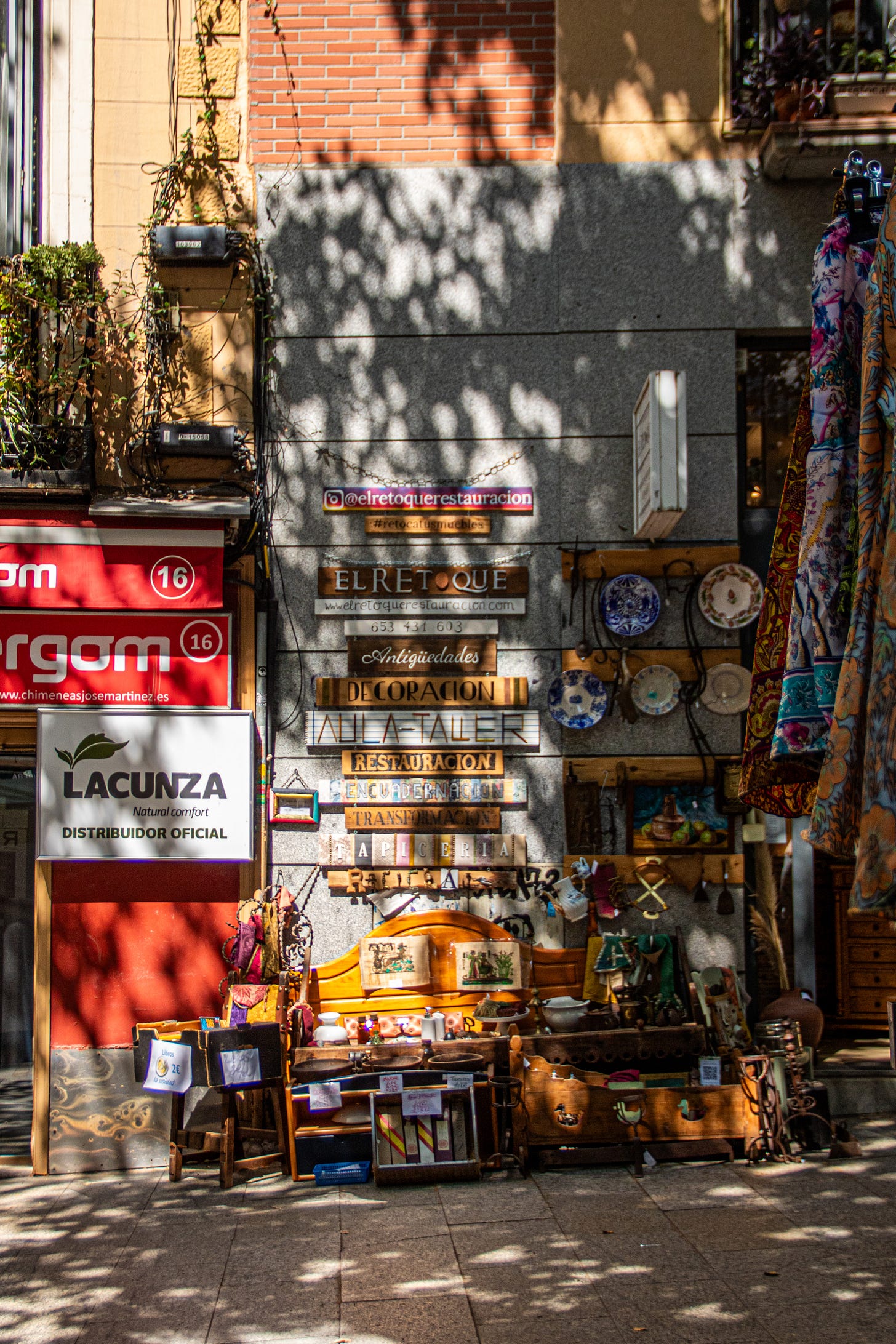


Fun photos here Flavio! I've been to Otavalo but the Grand Bazaar is still a bucket list. Thanks for taking us on an immersive tour.
Amazing photos-- love the ones from Peru!